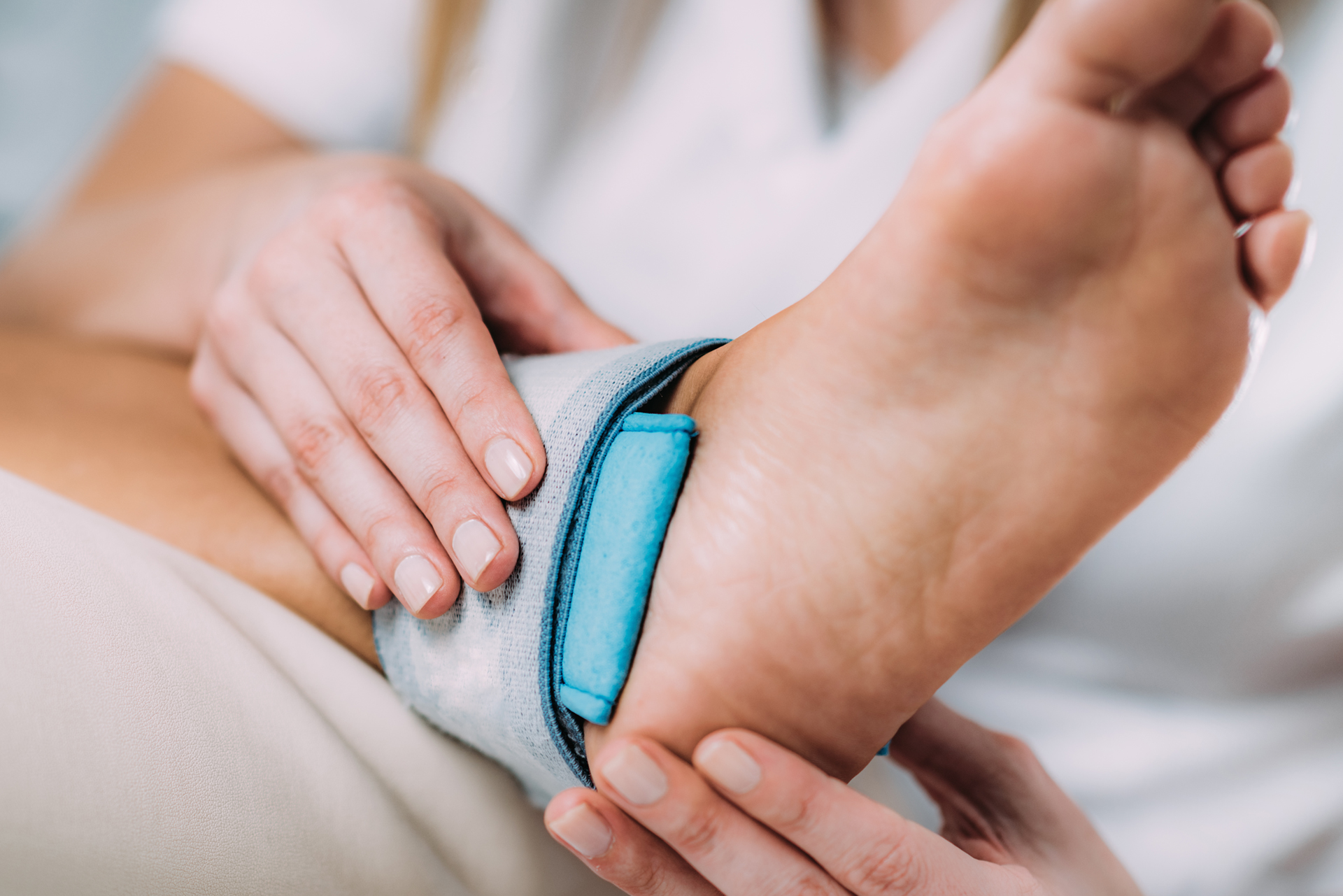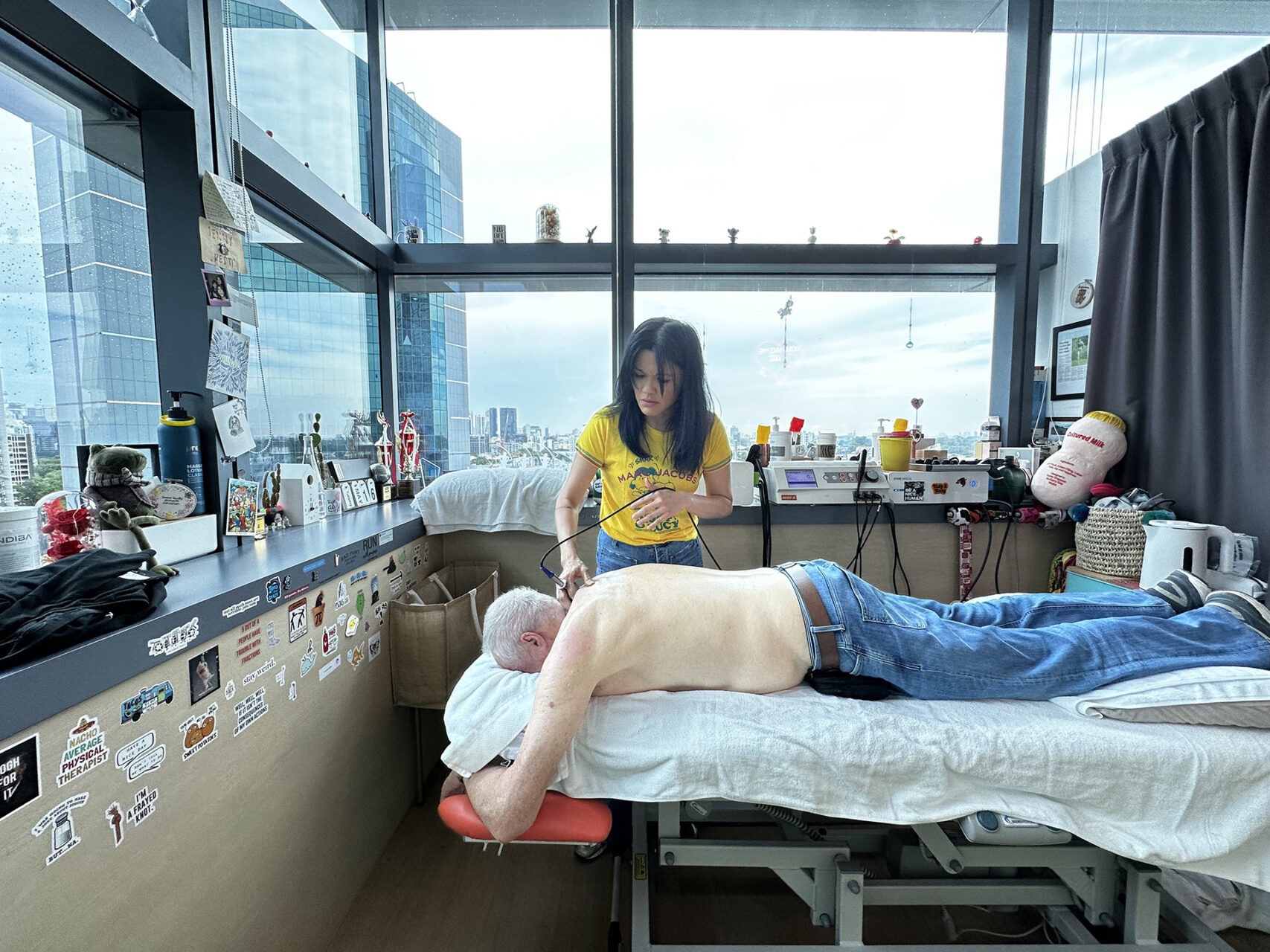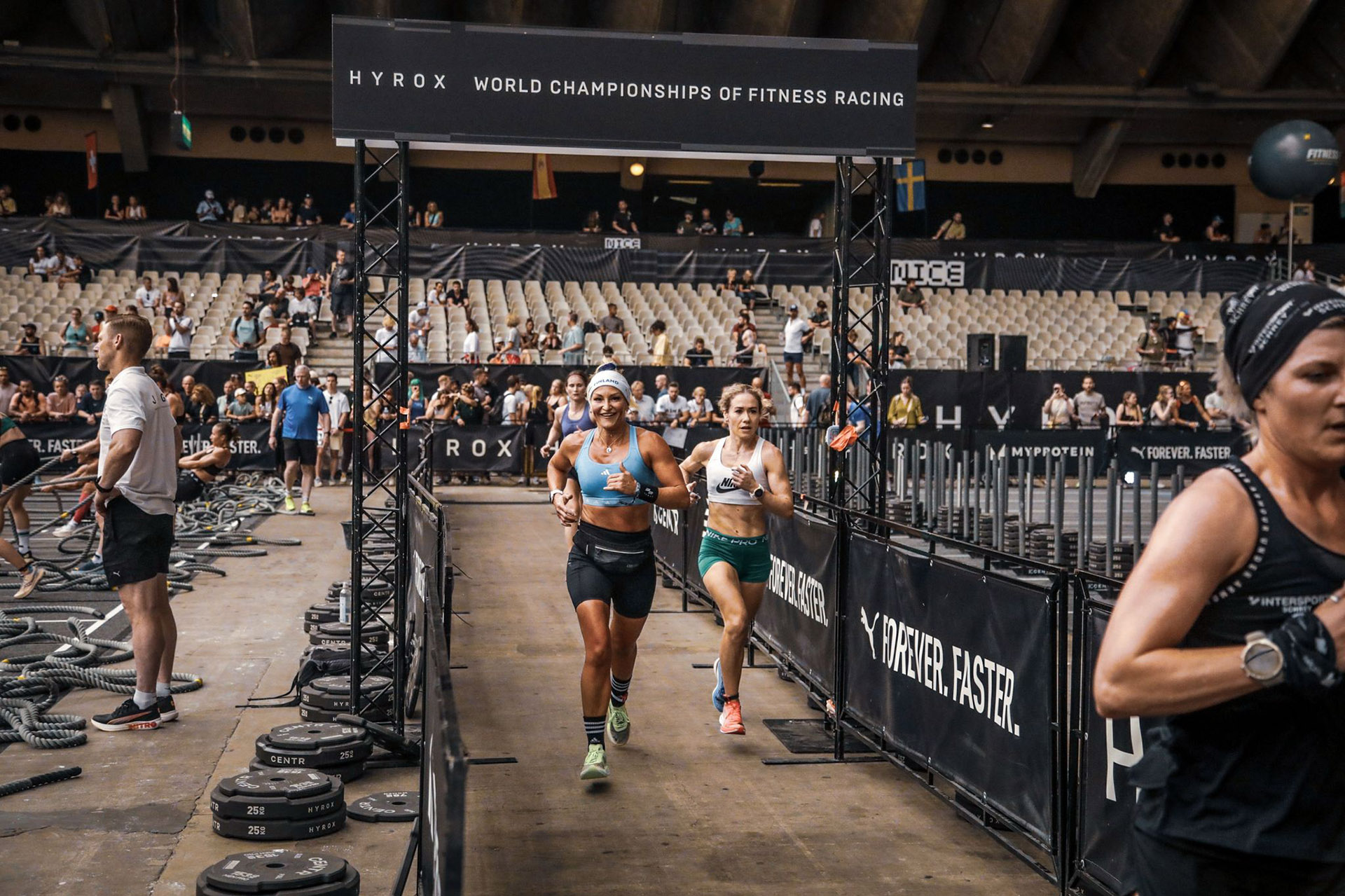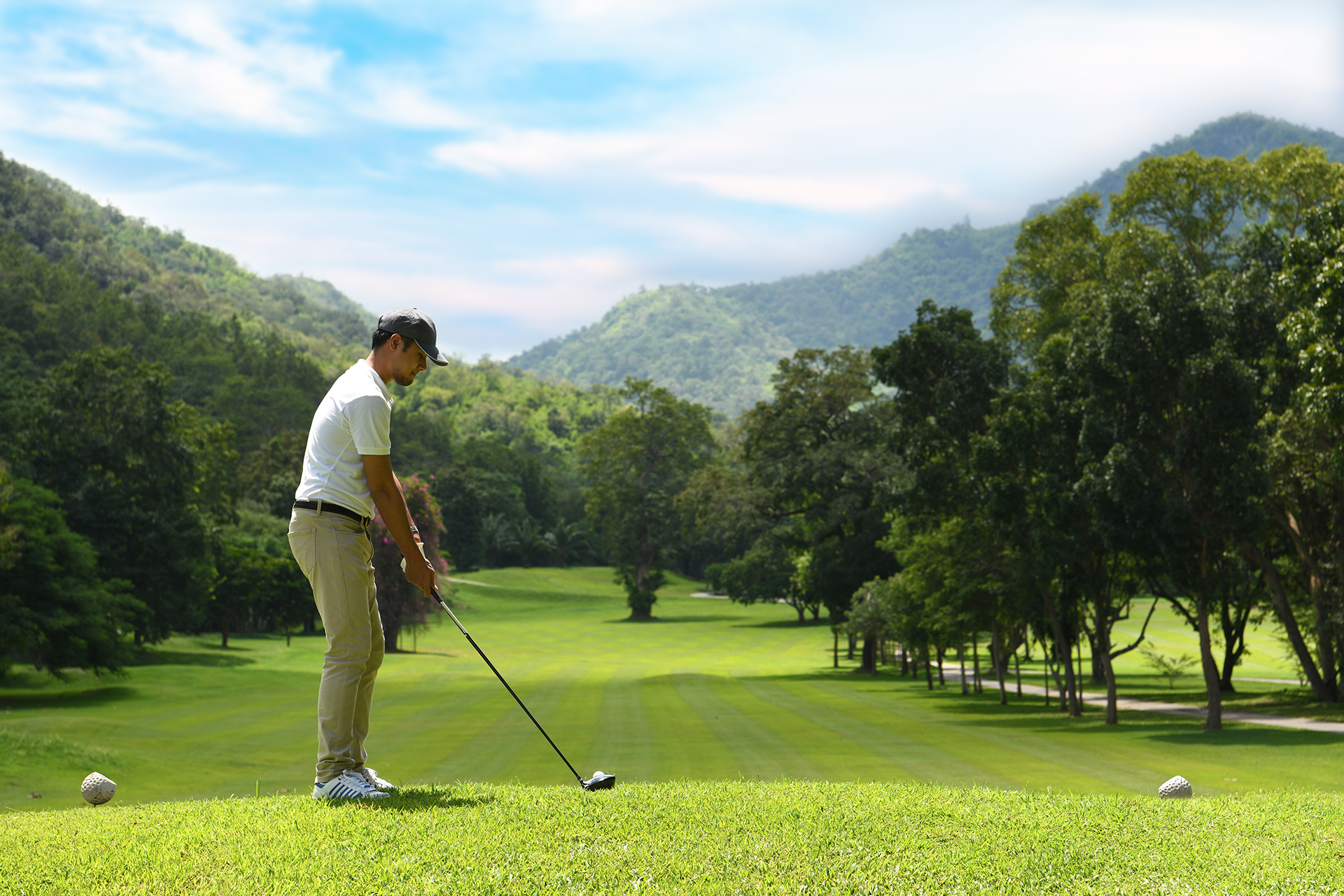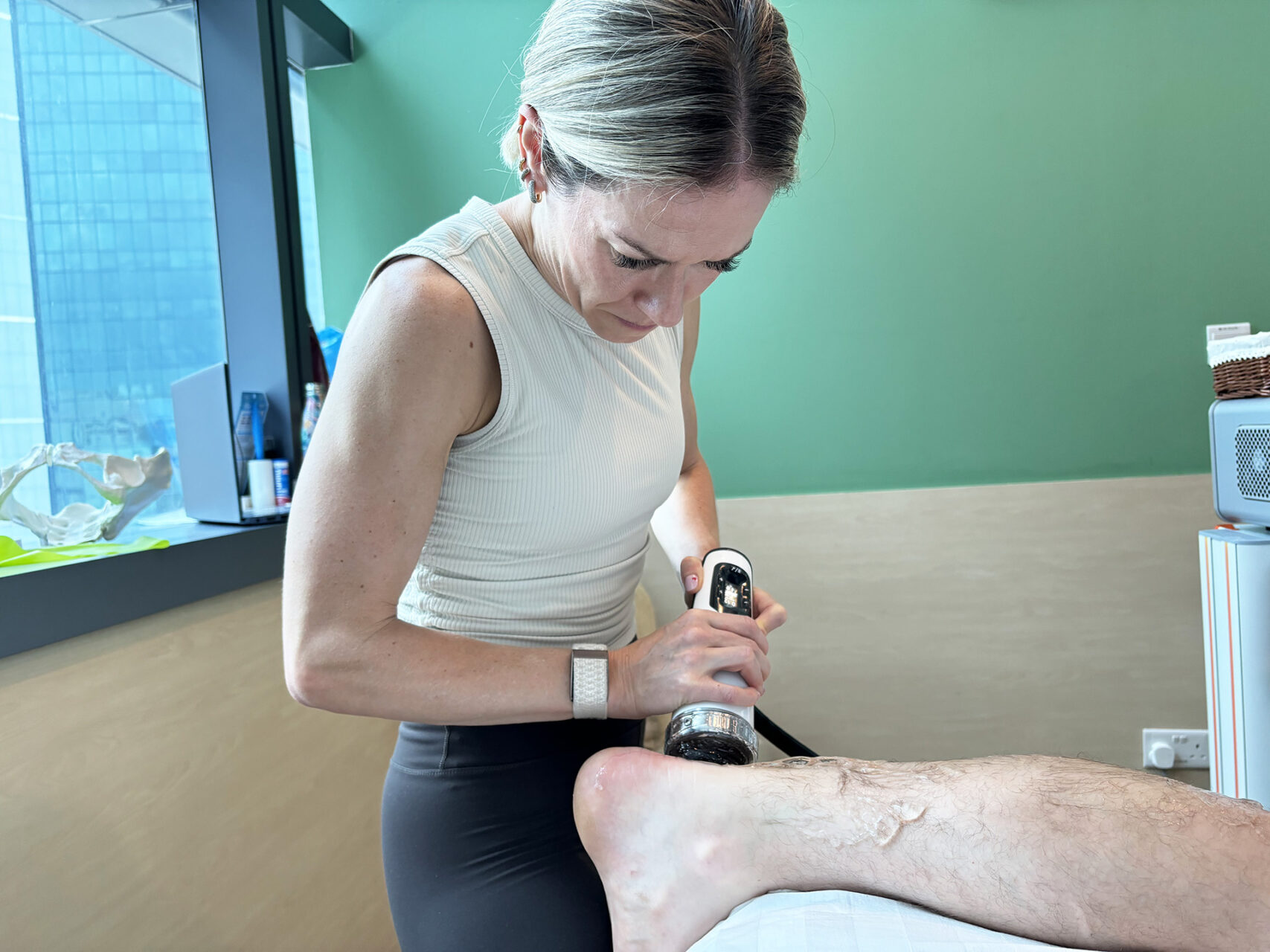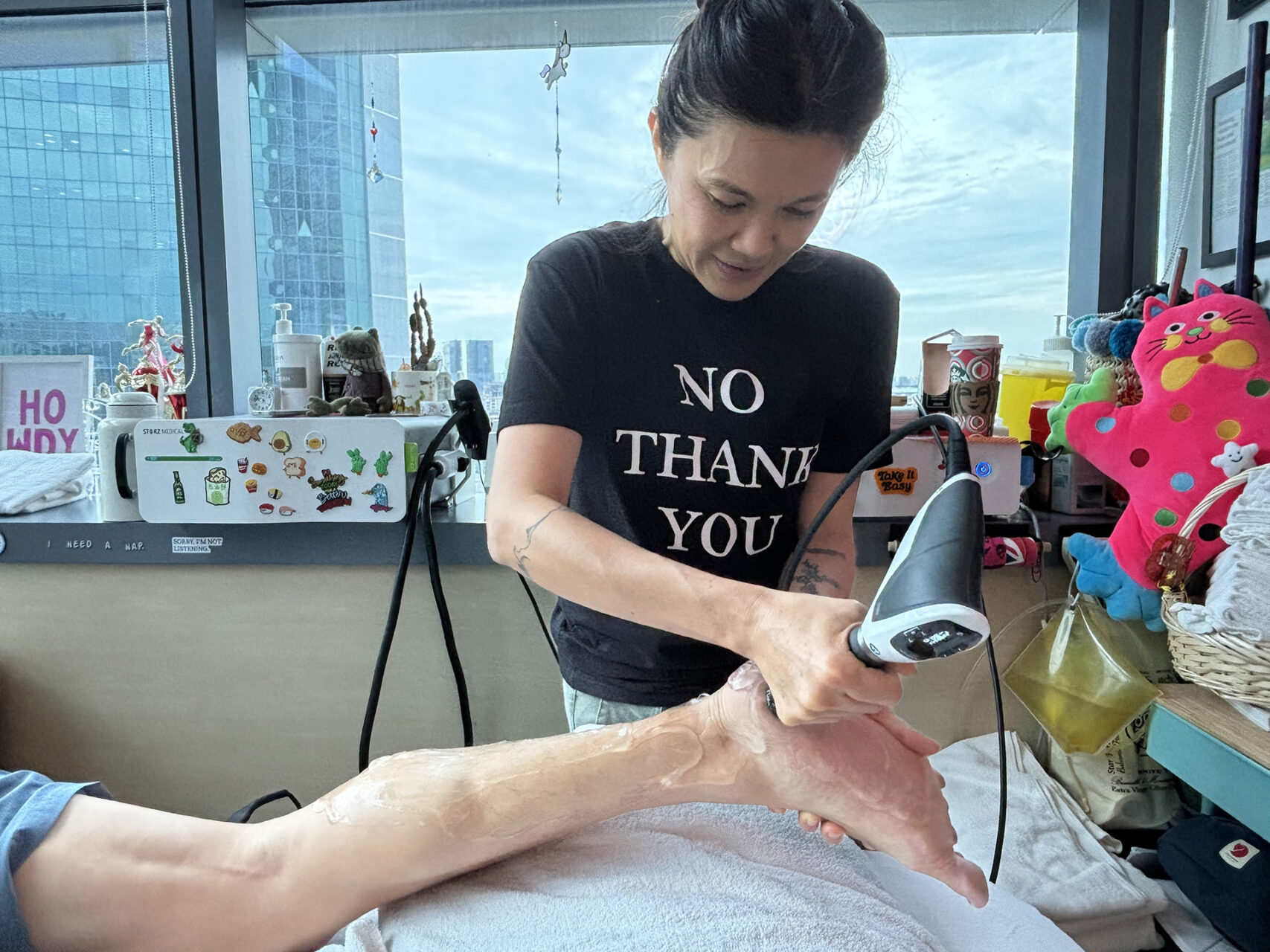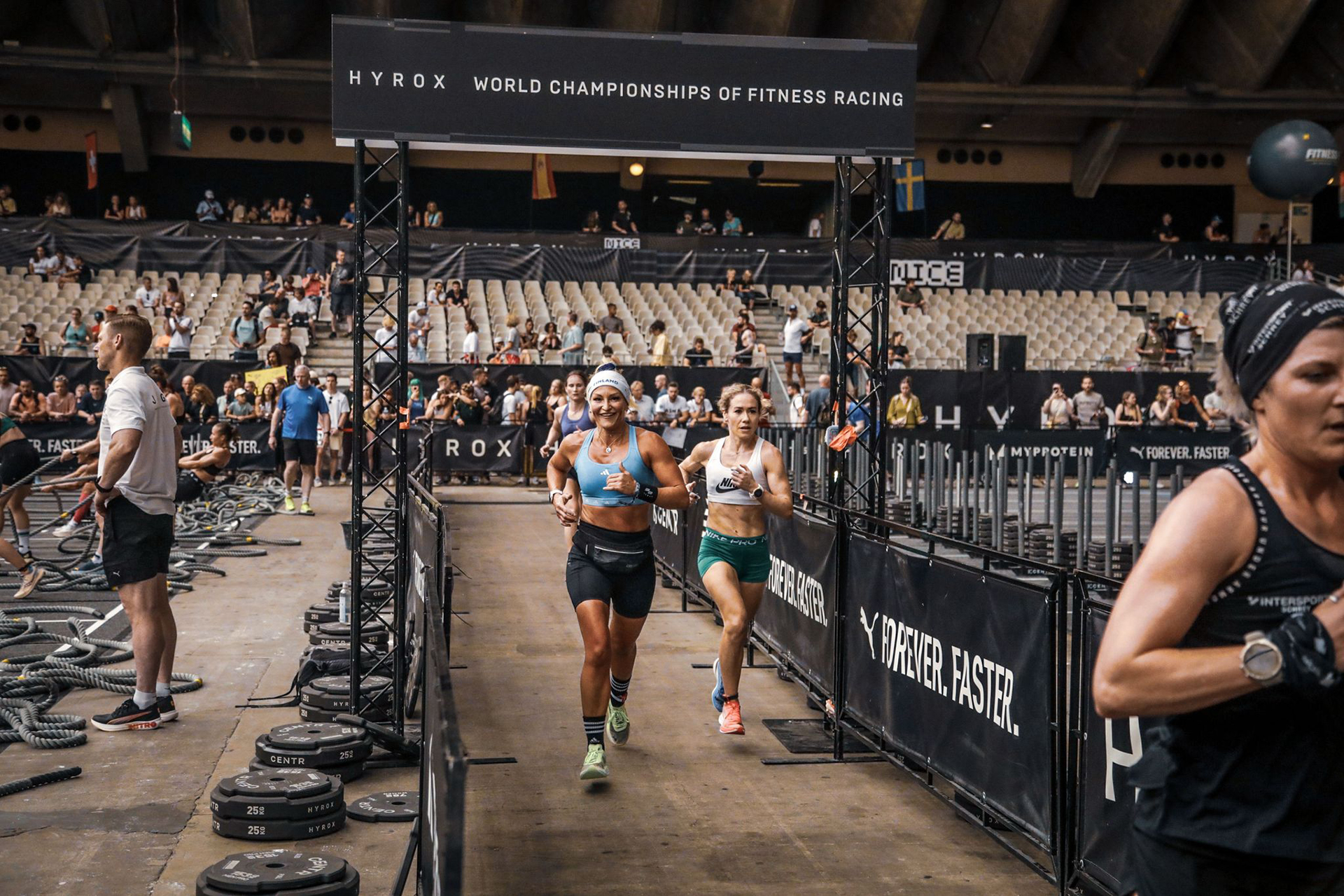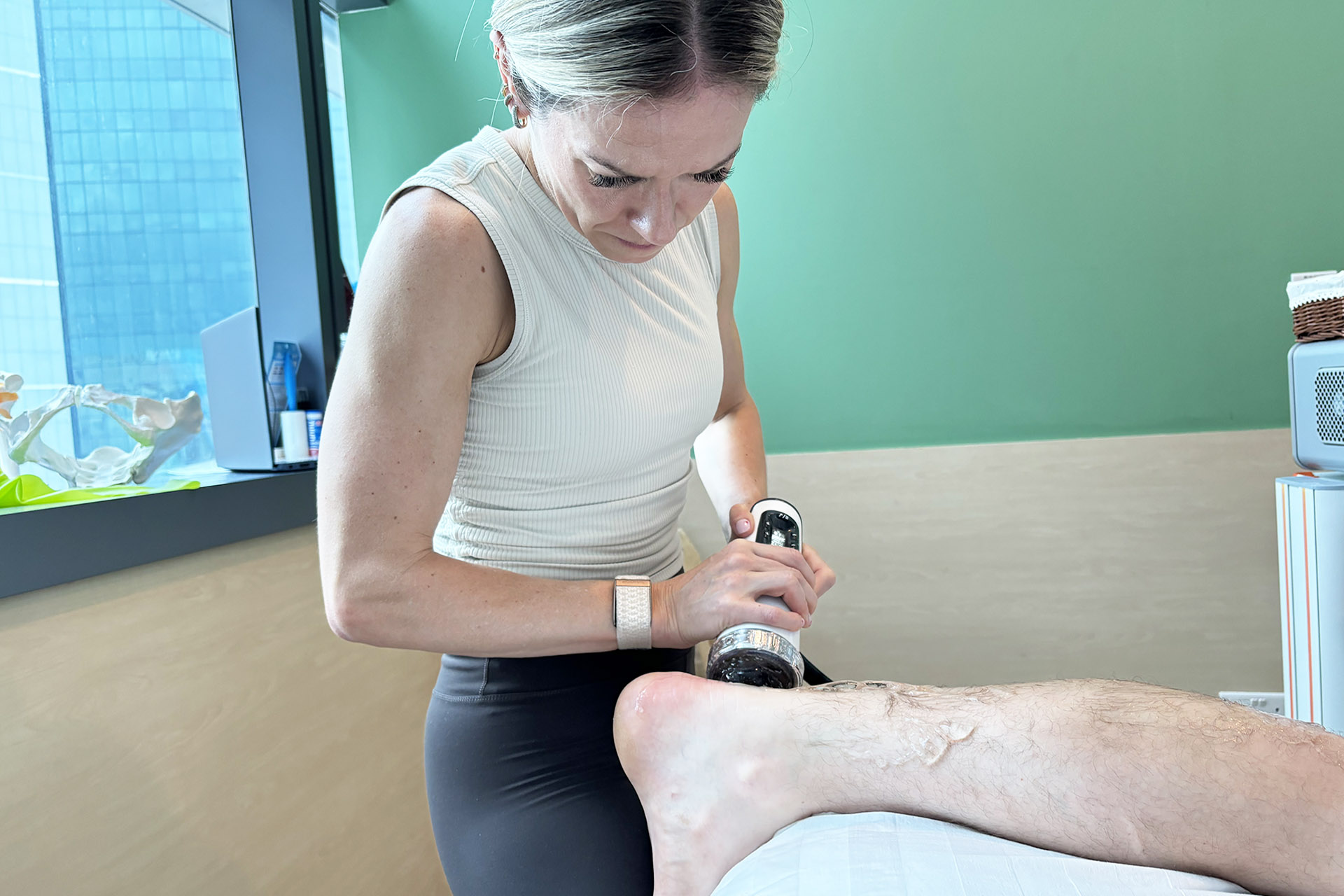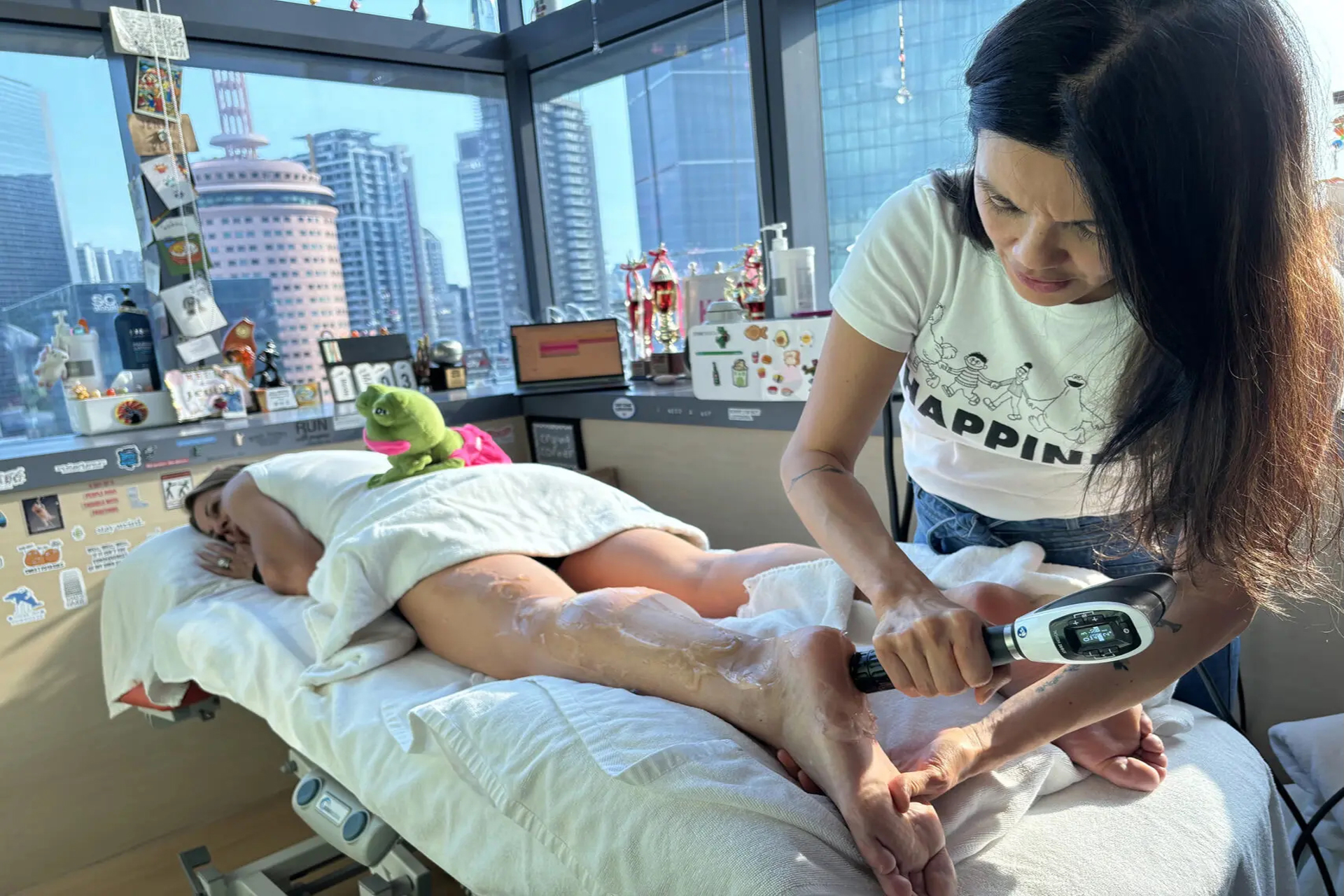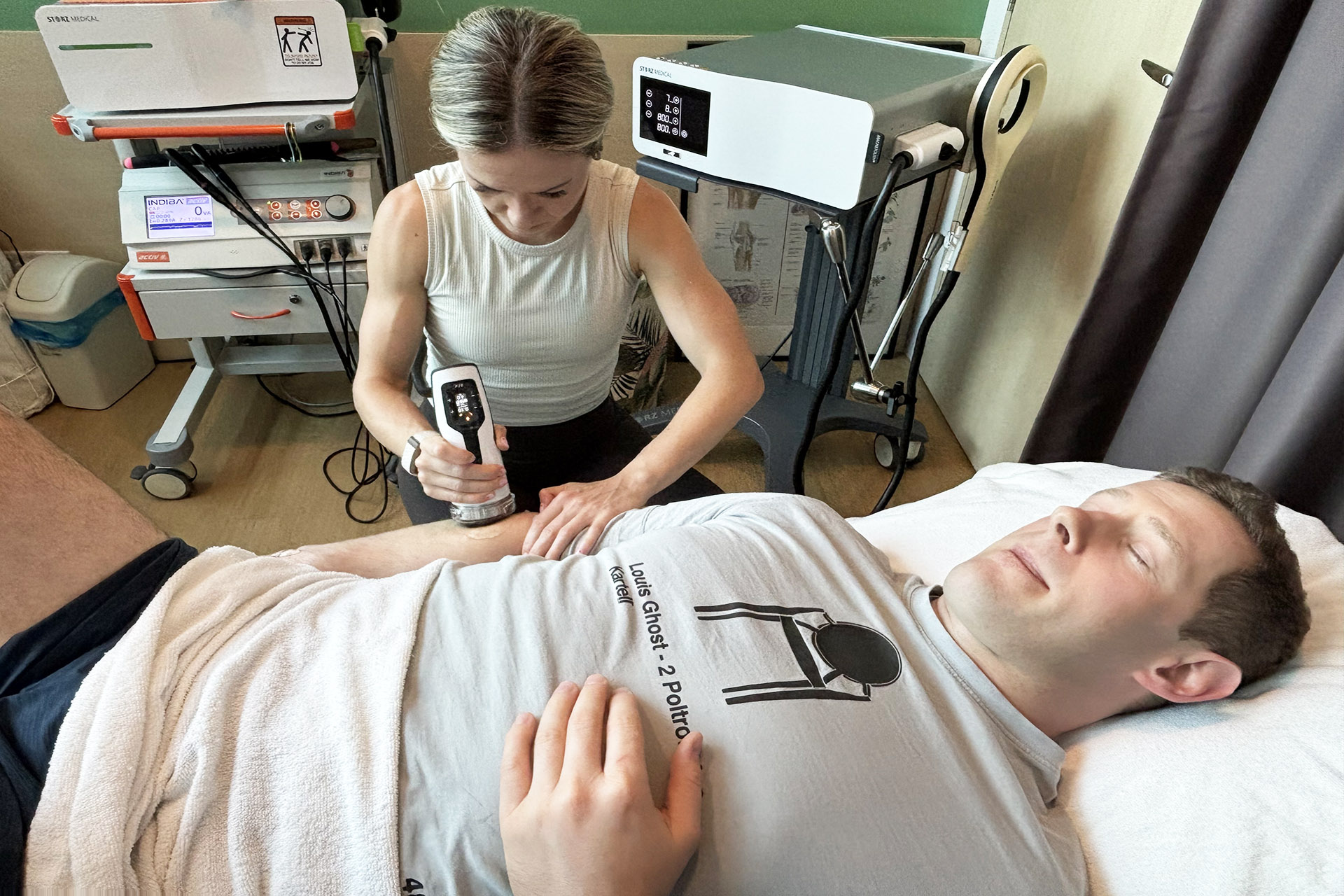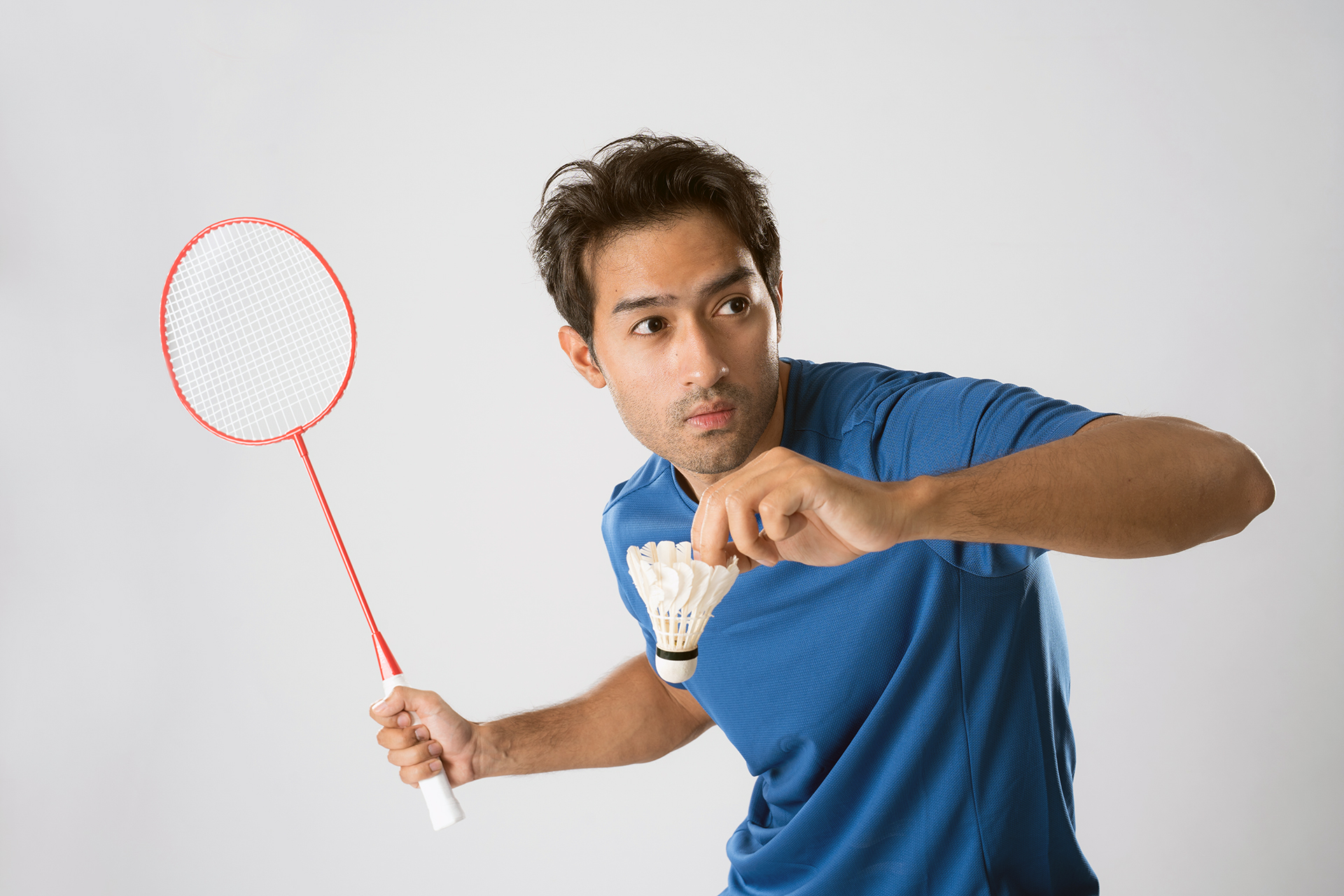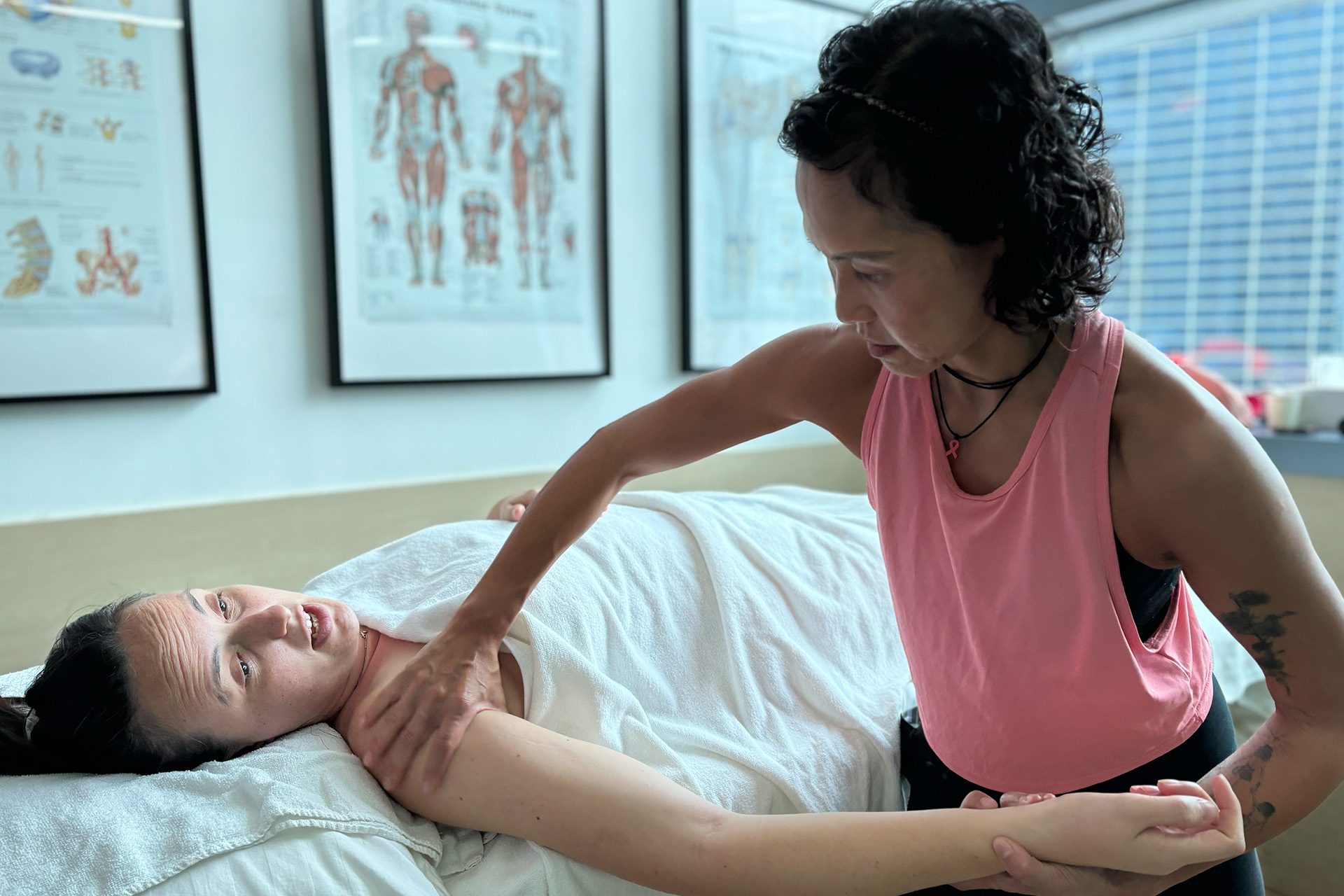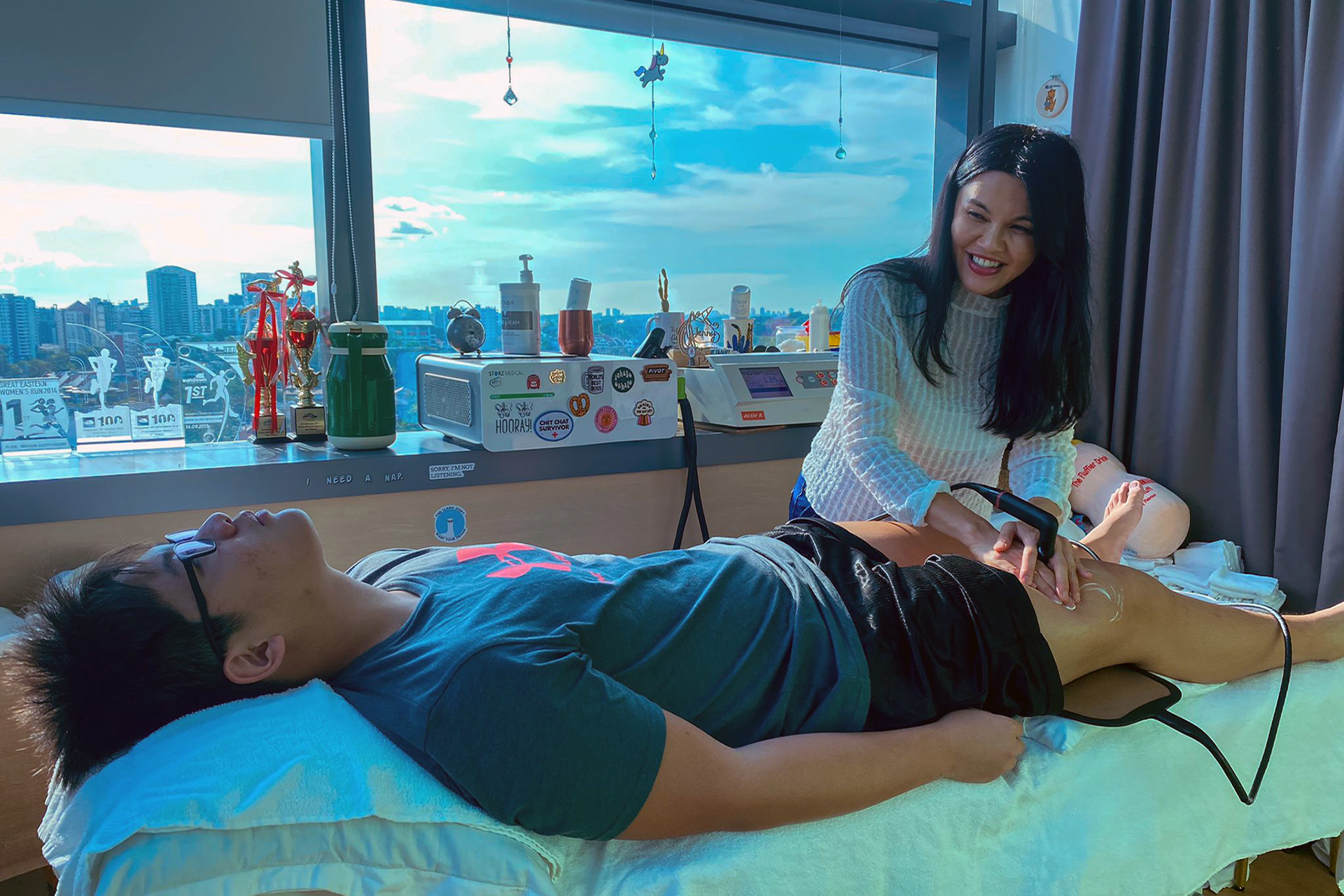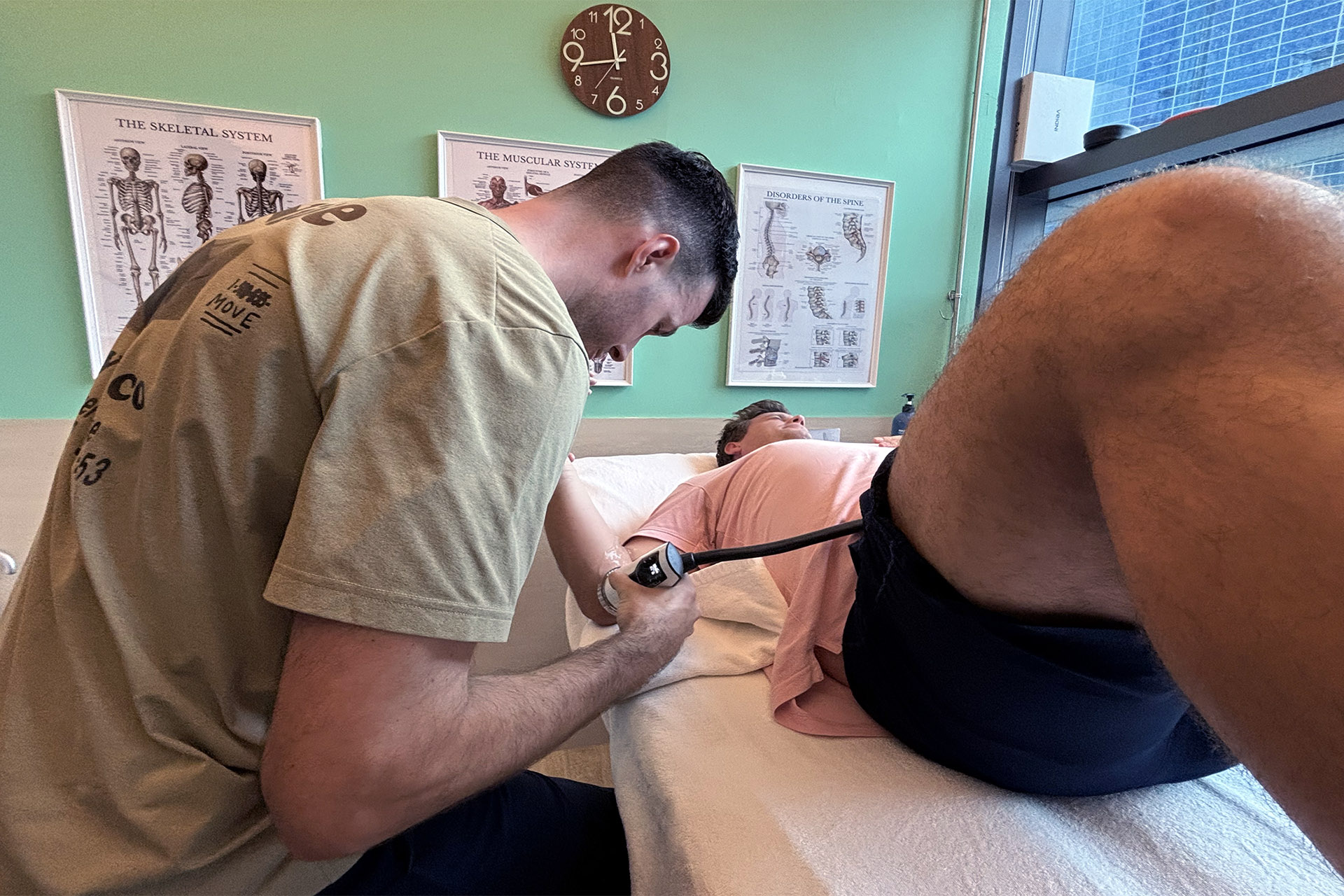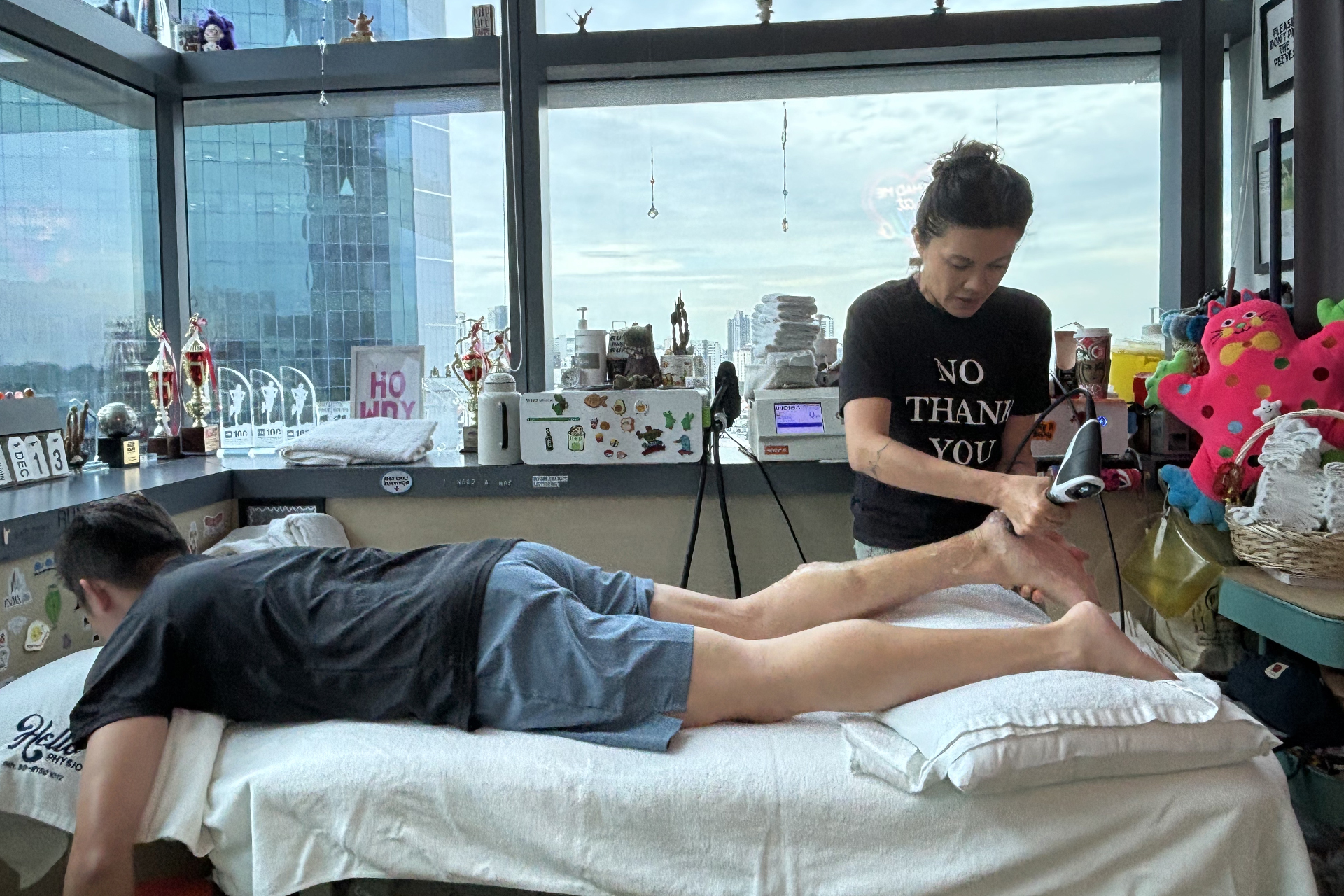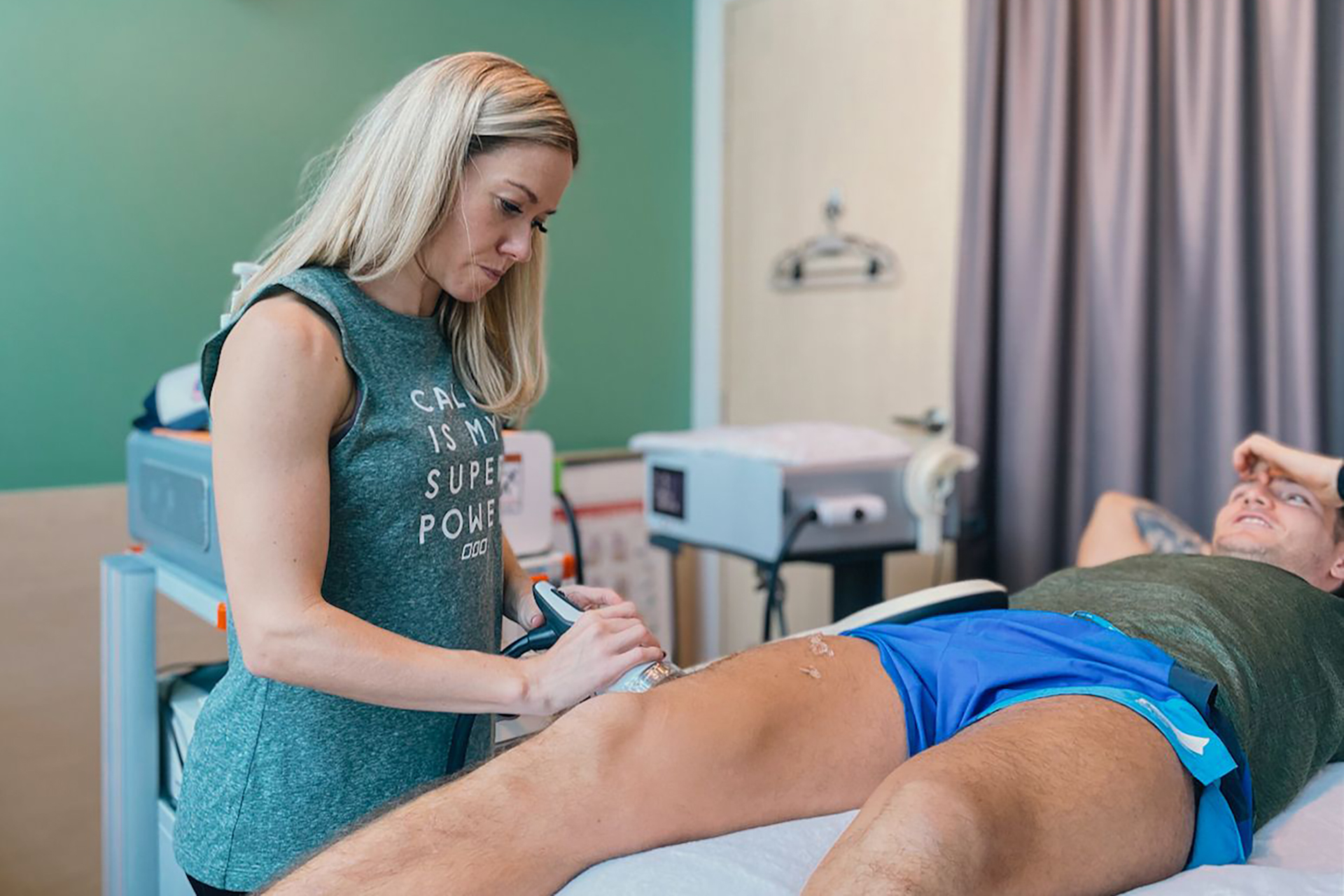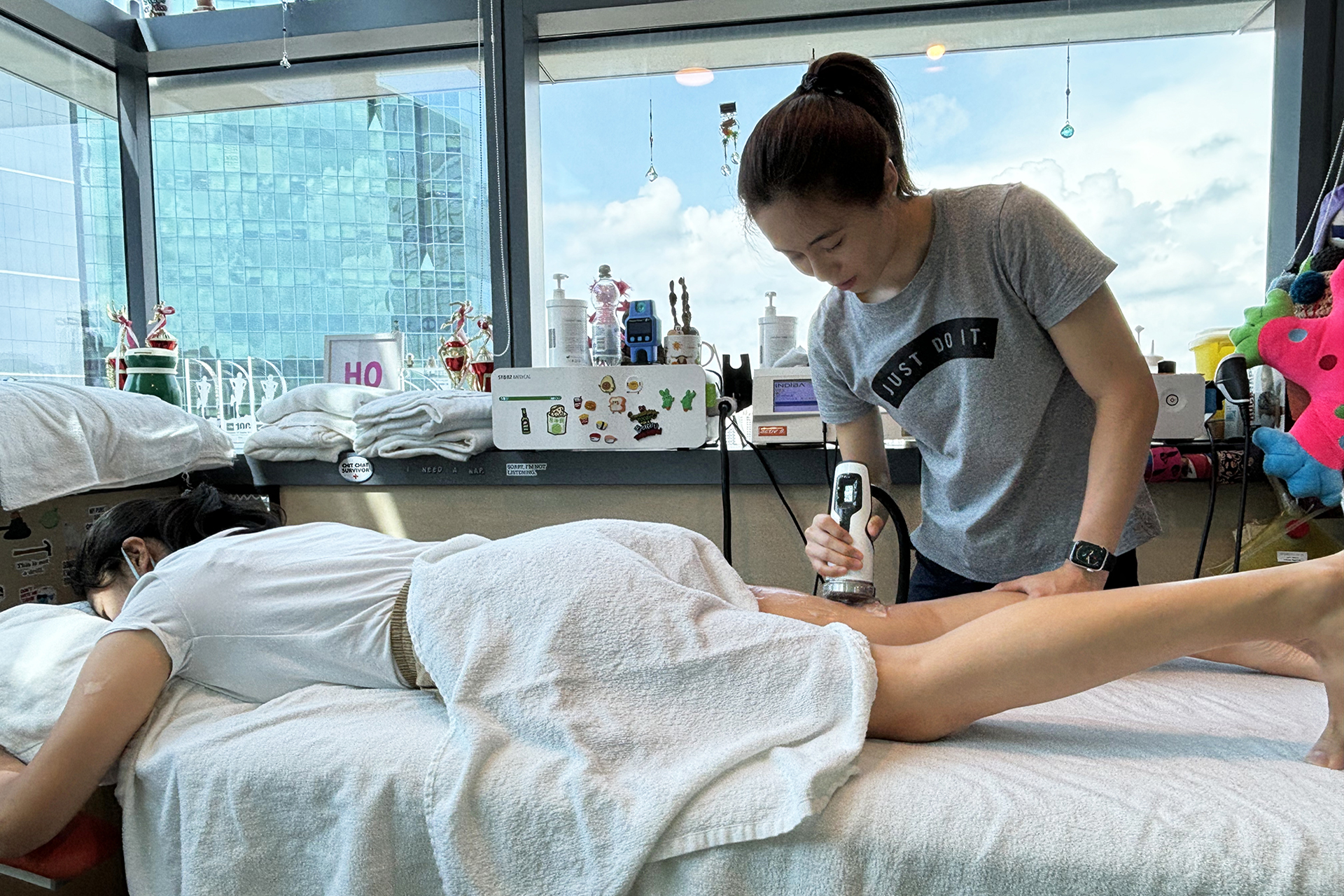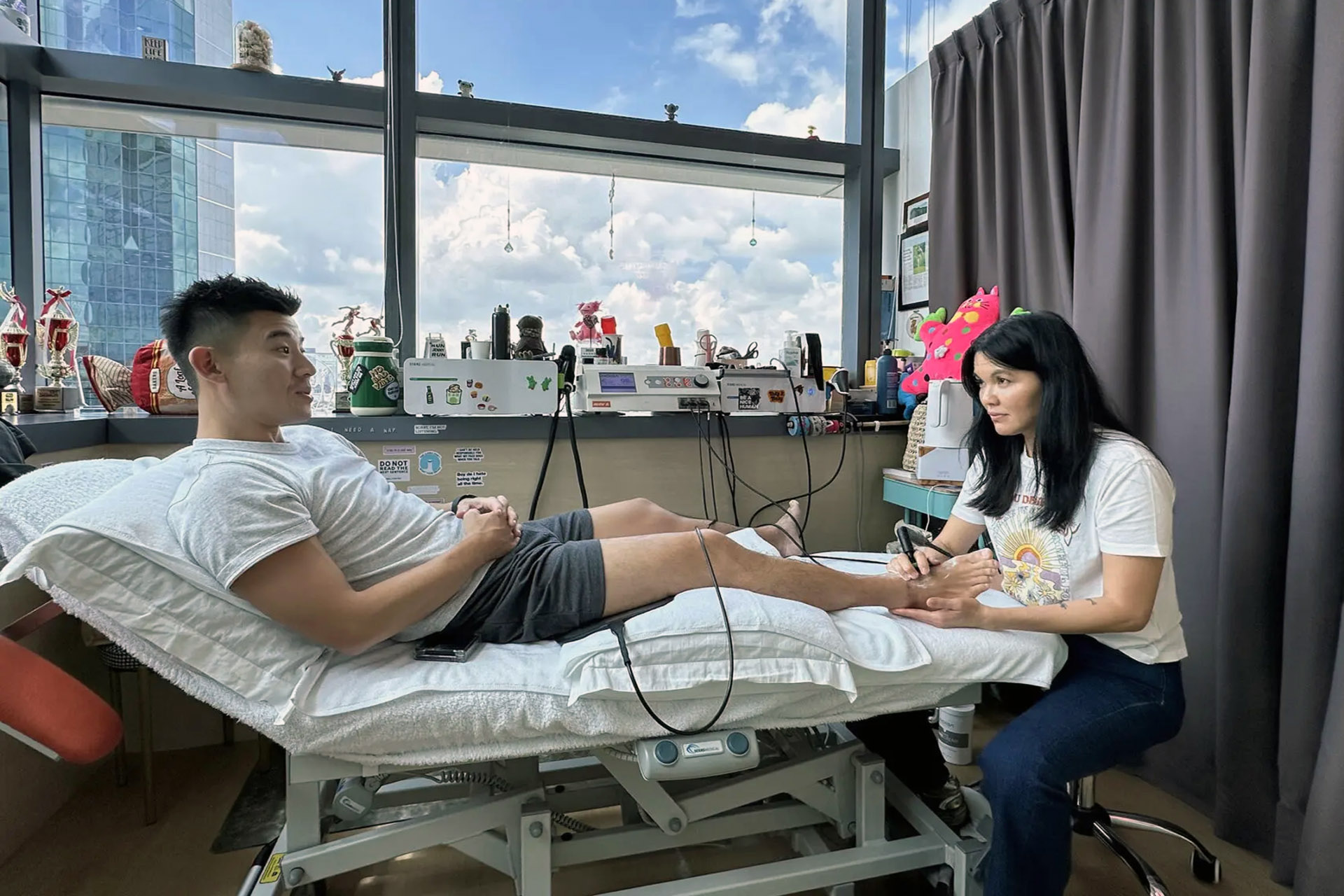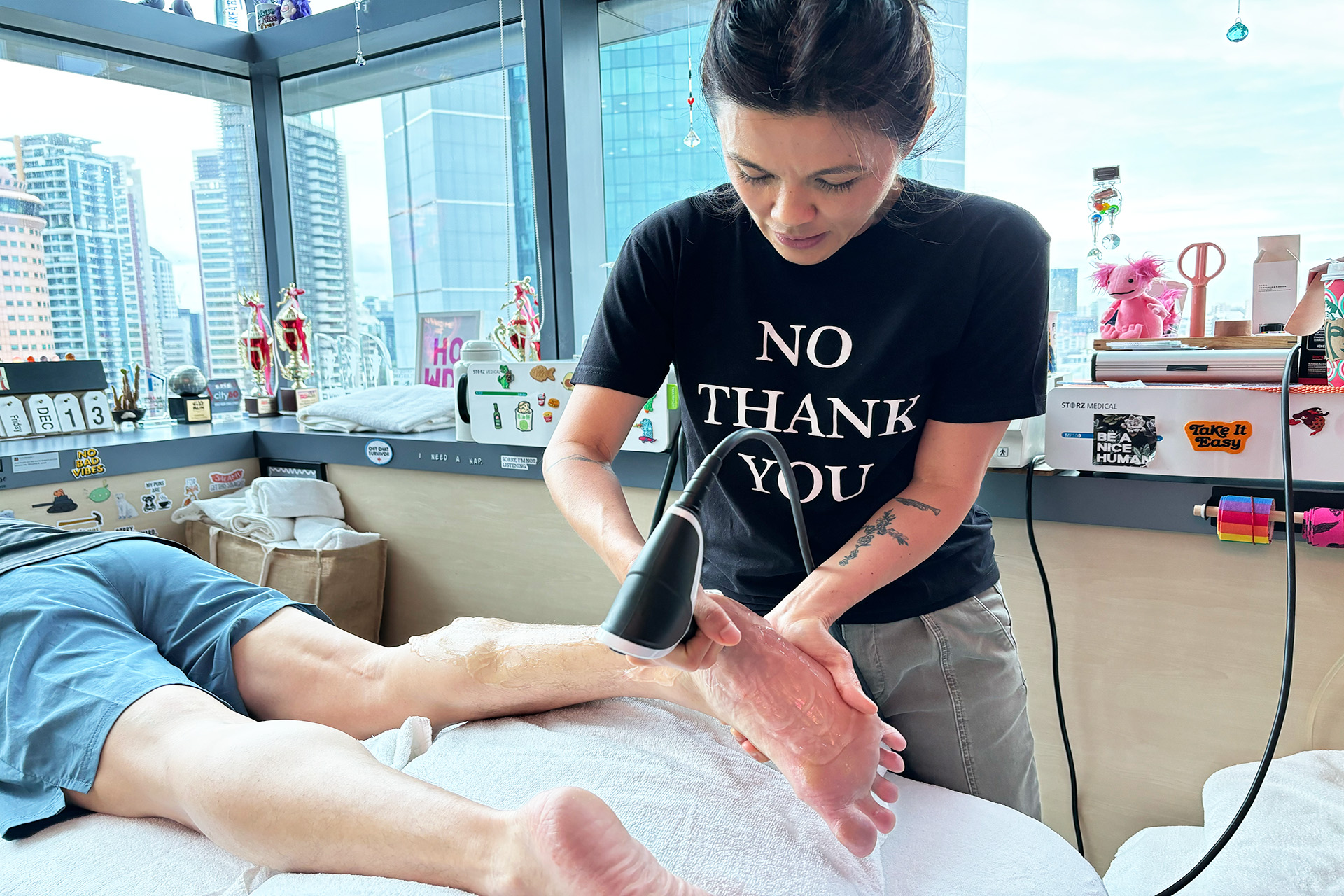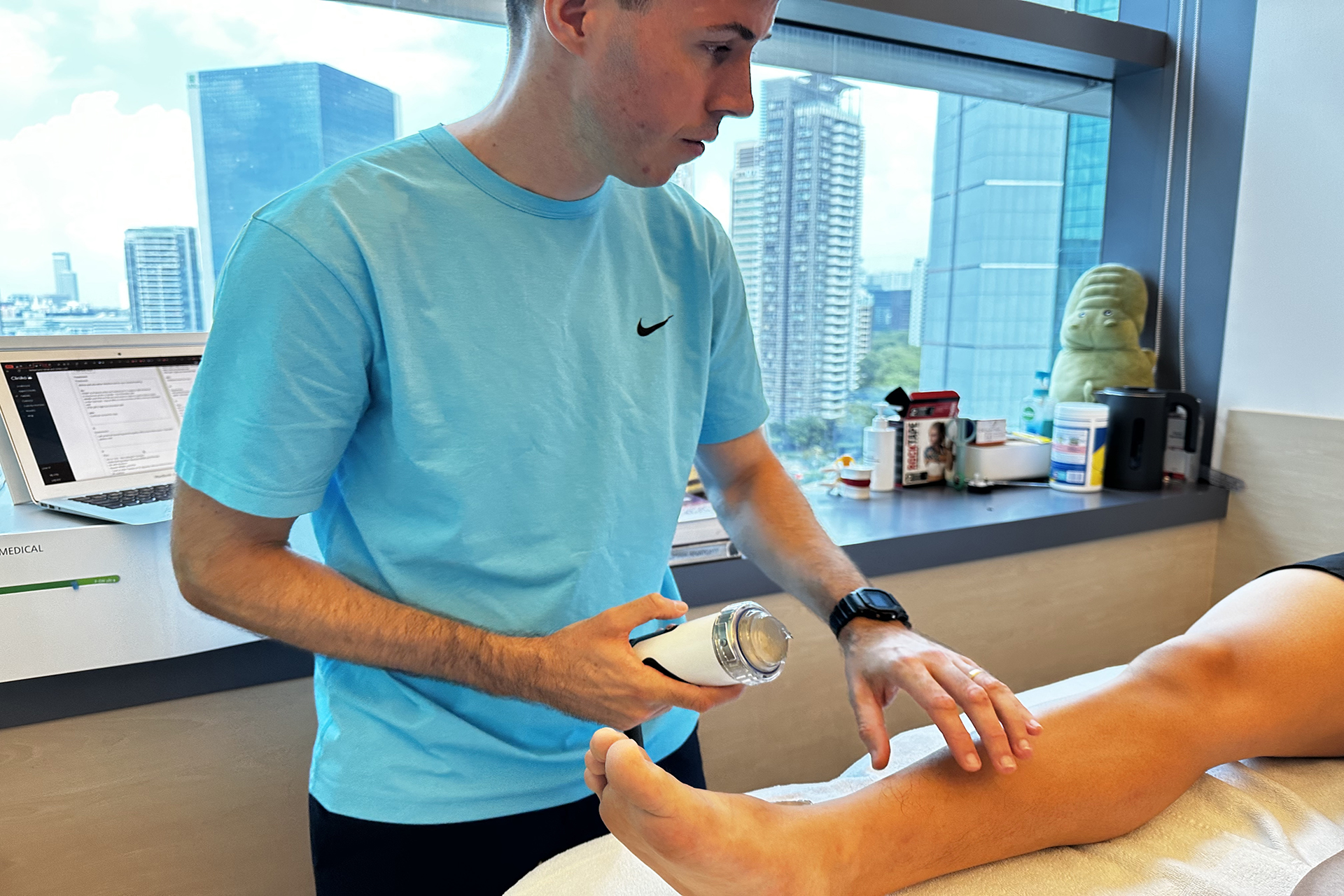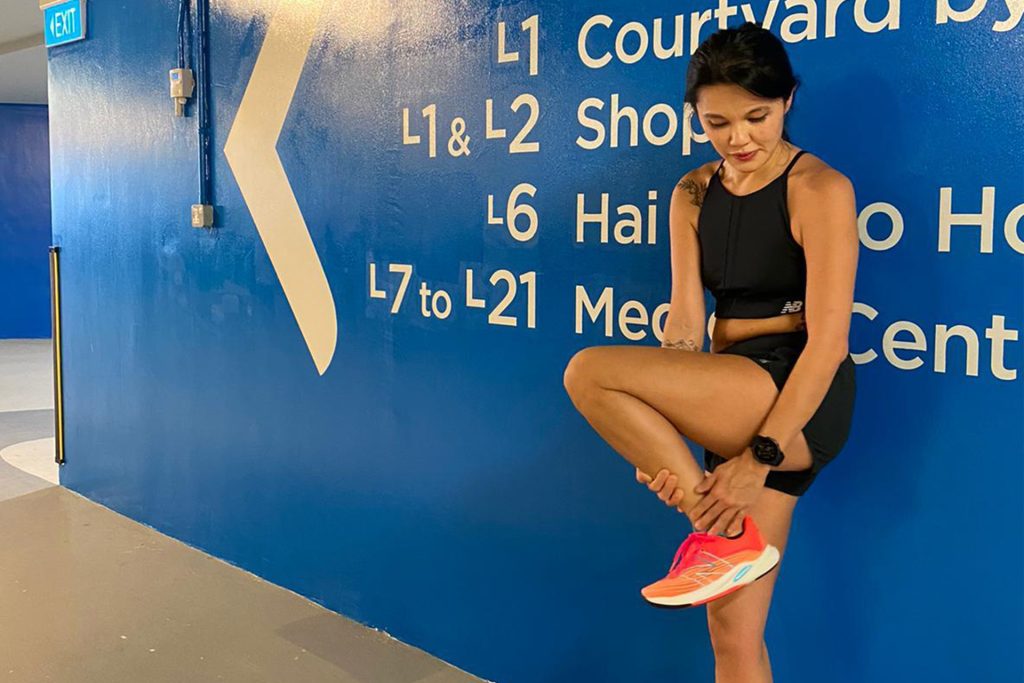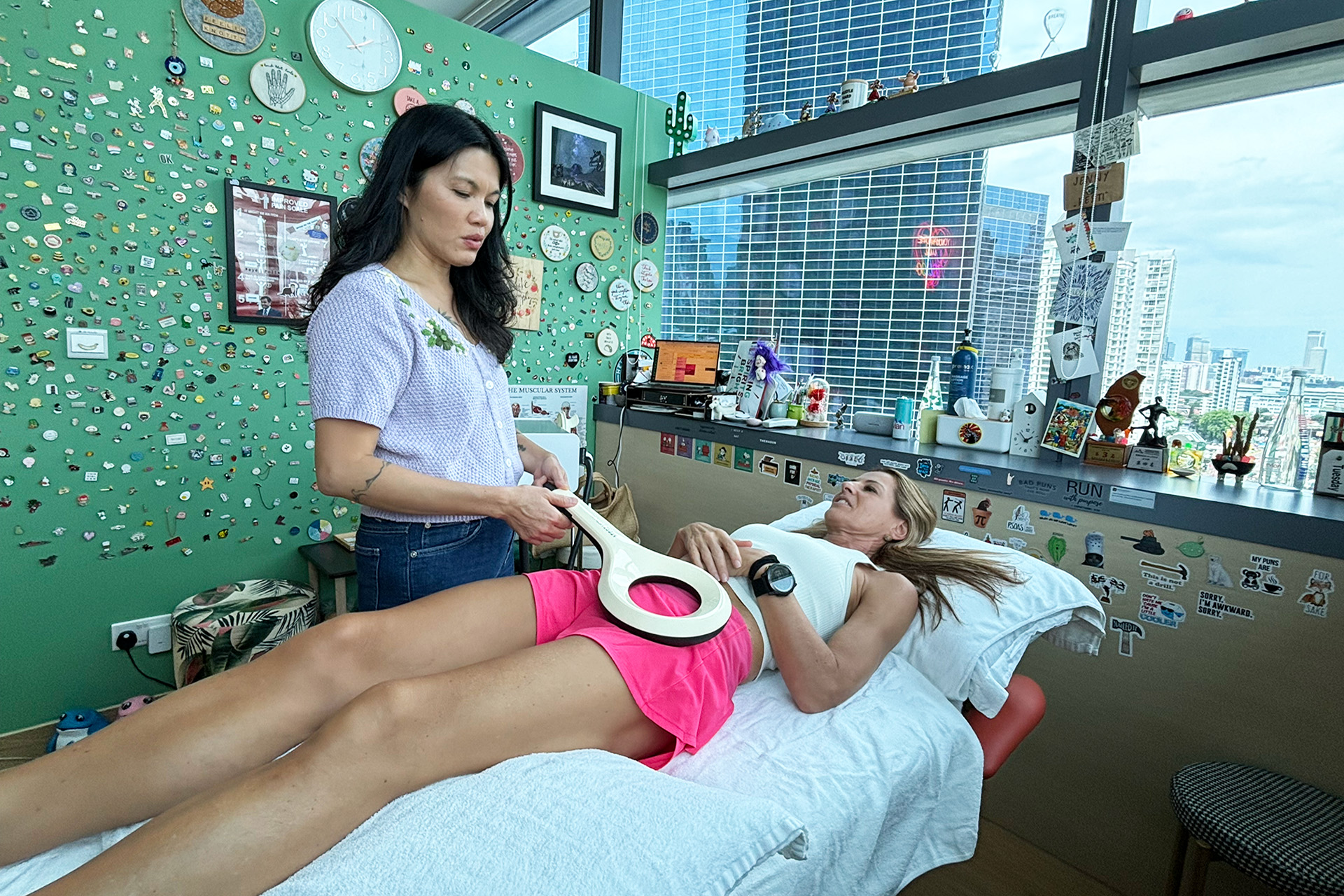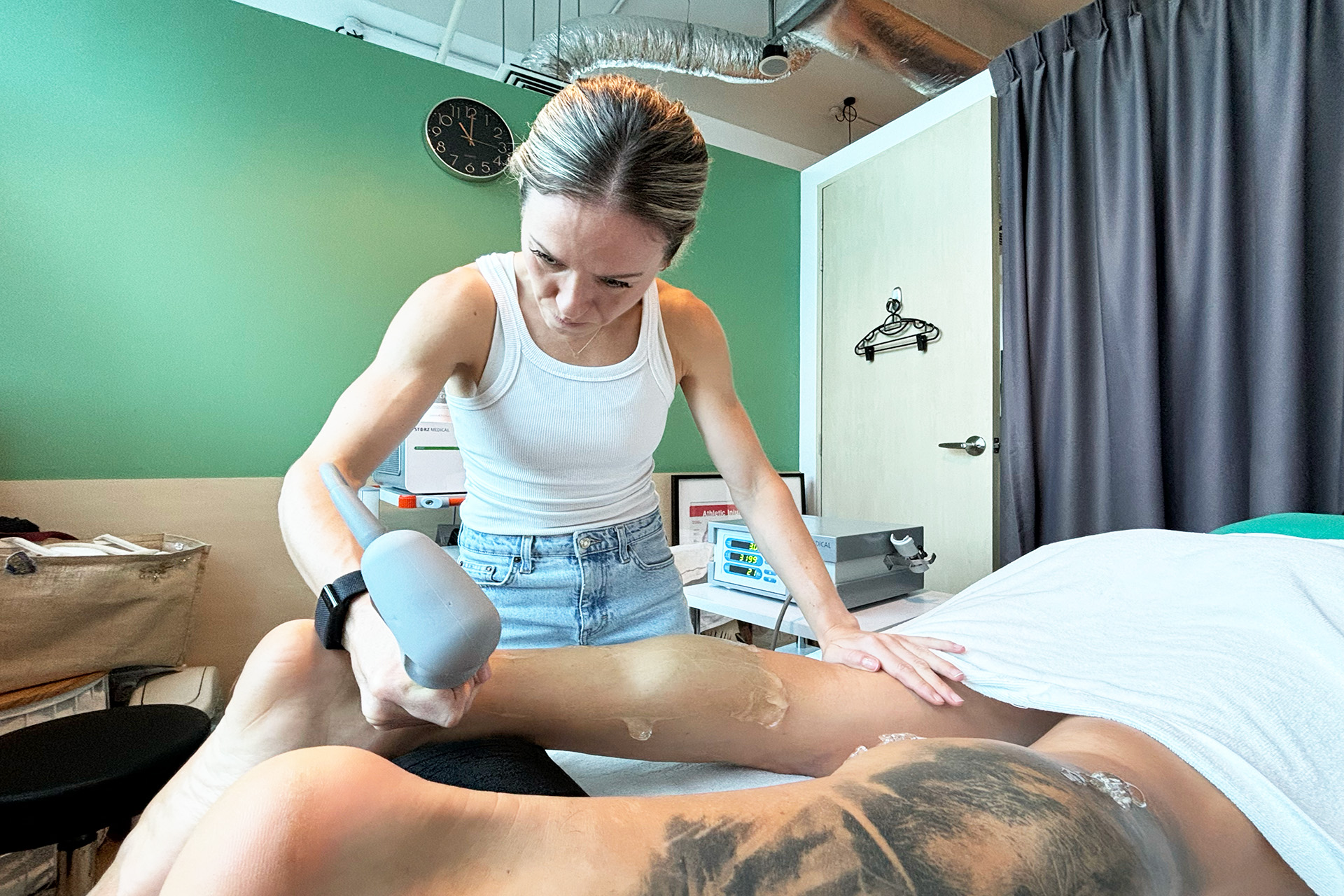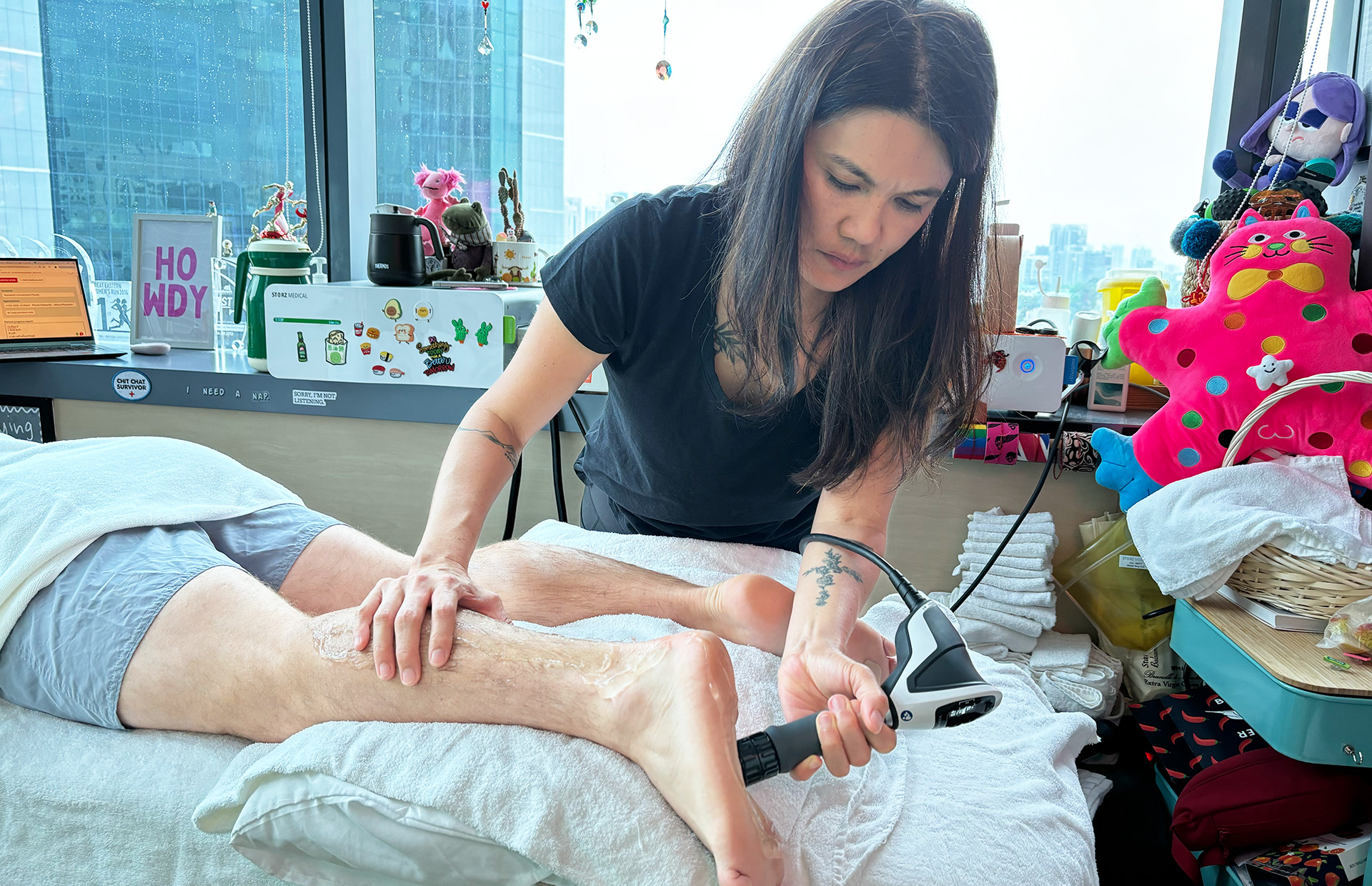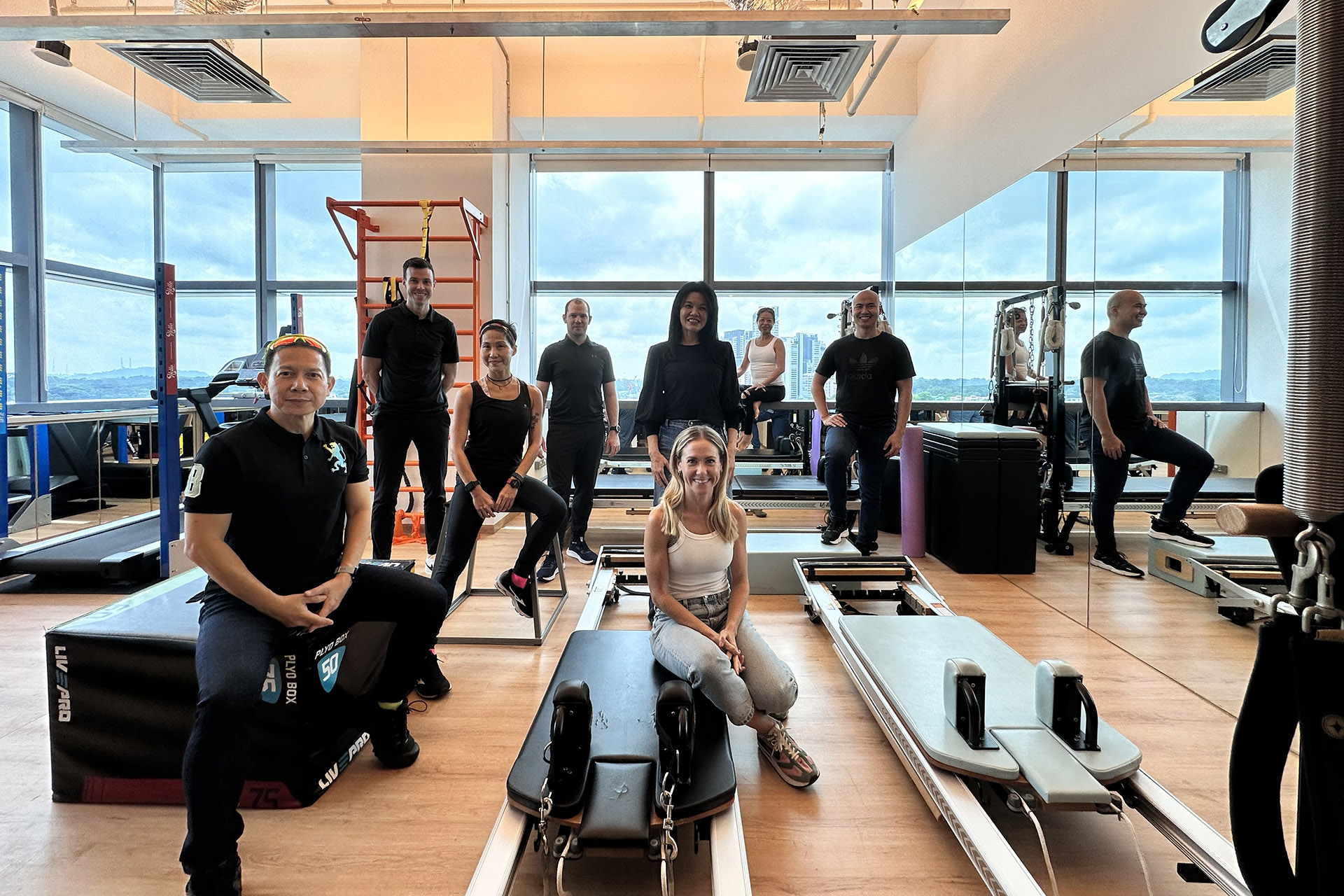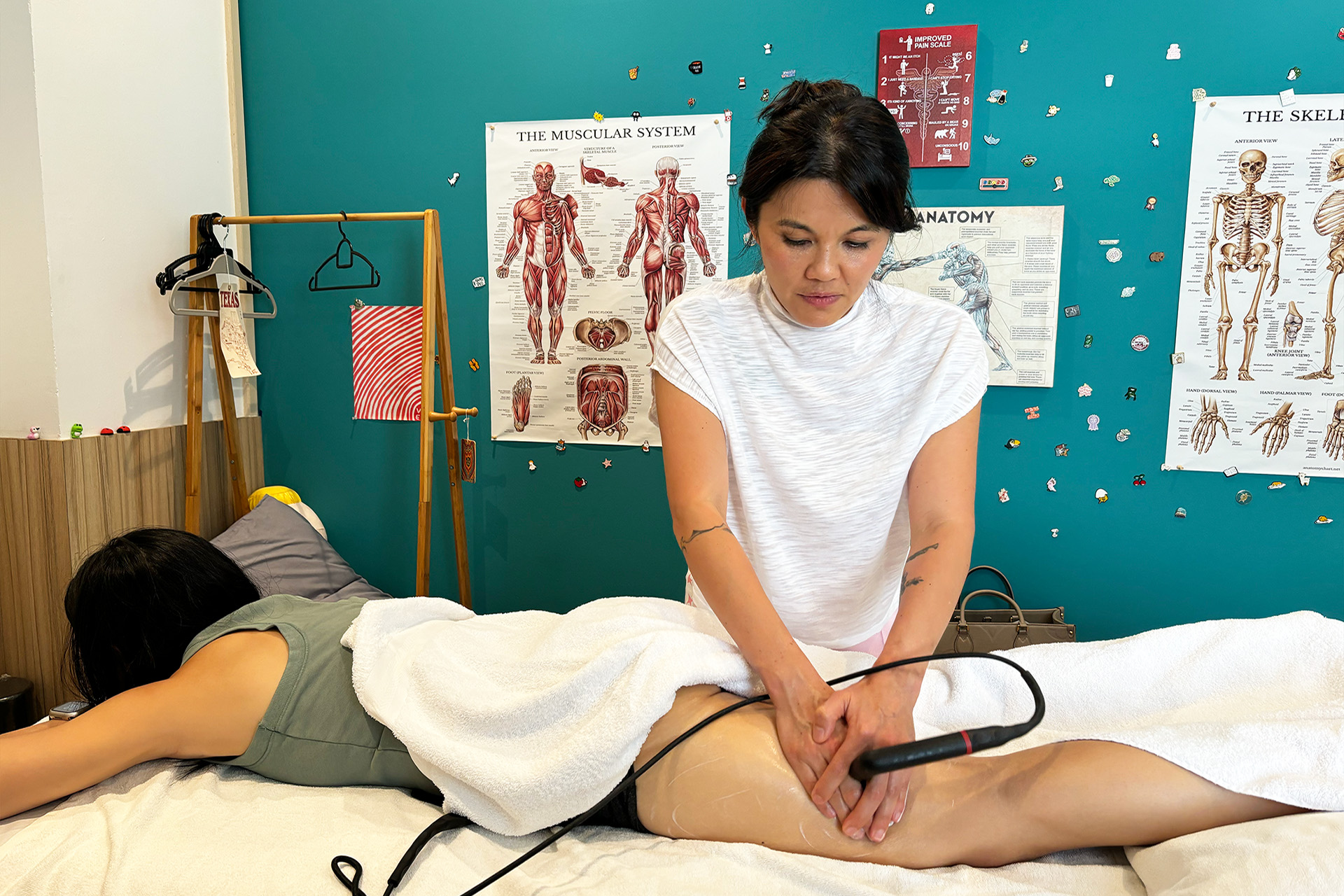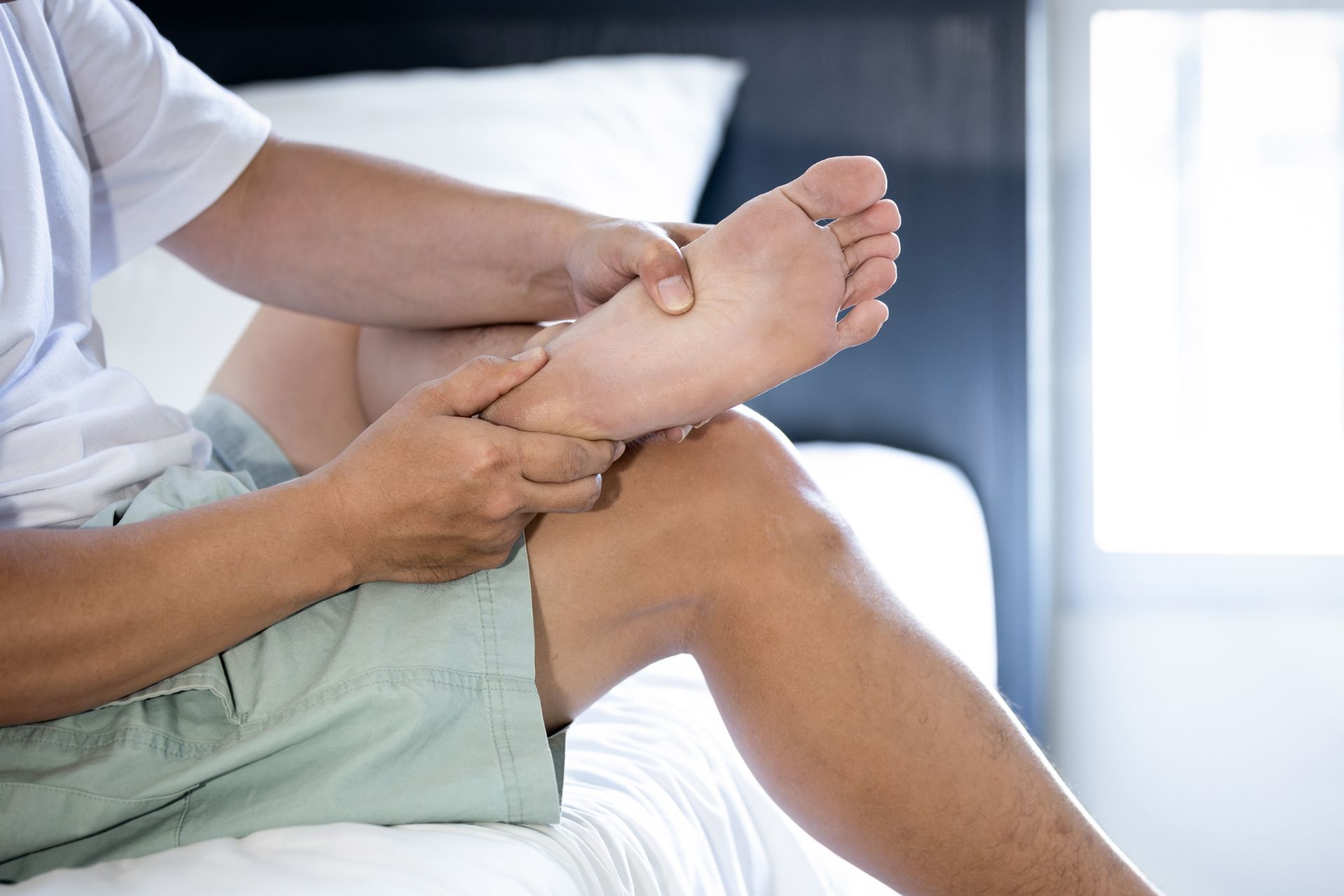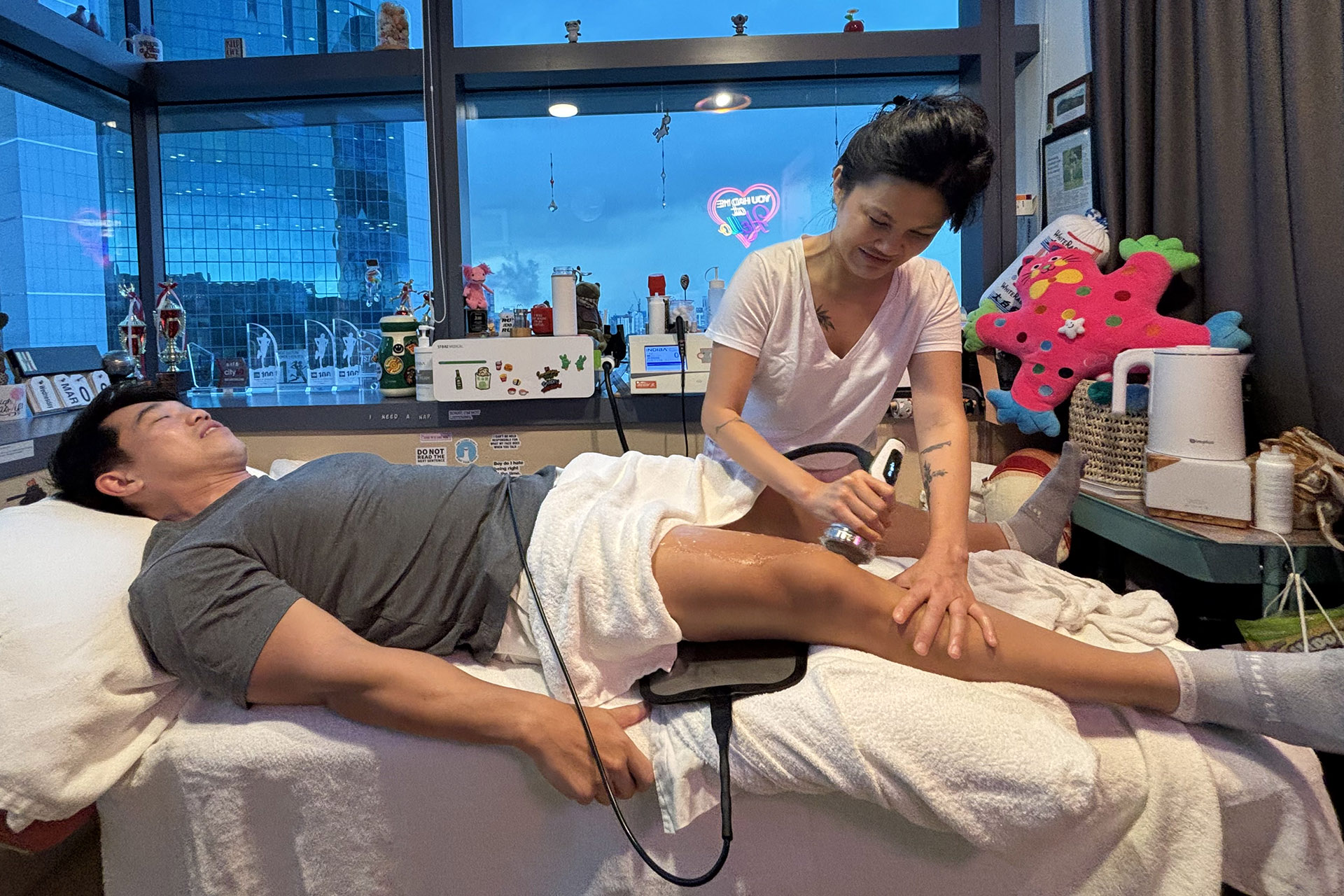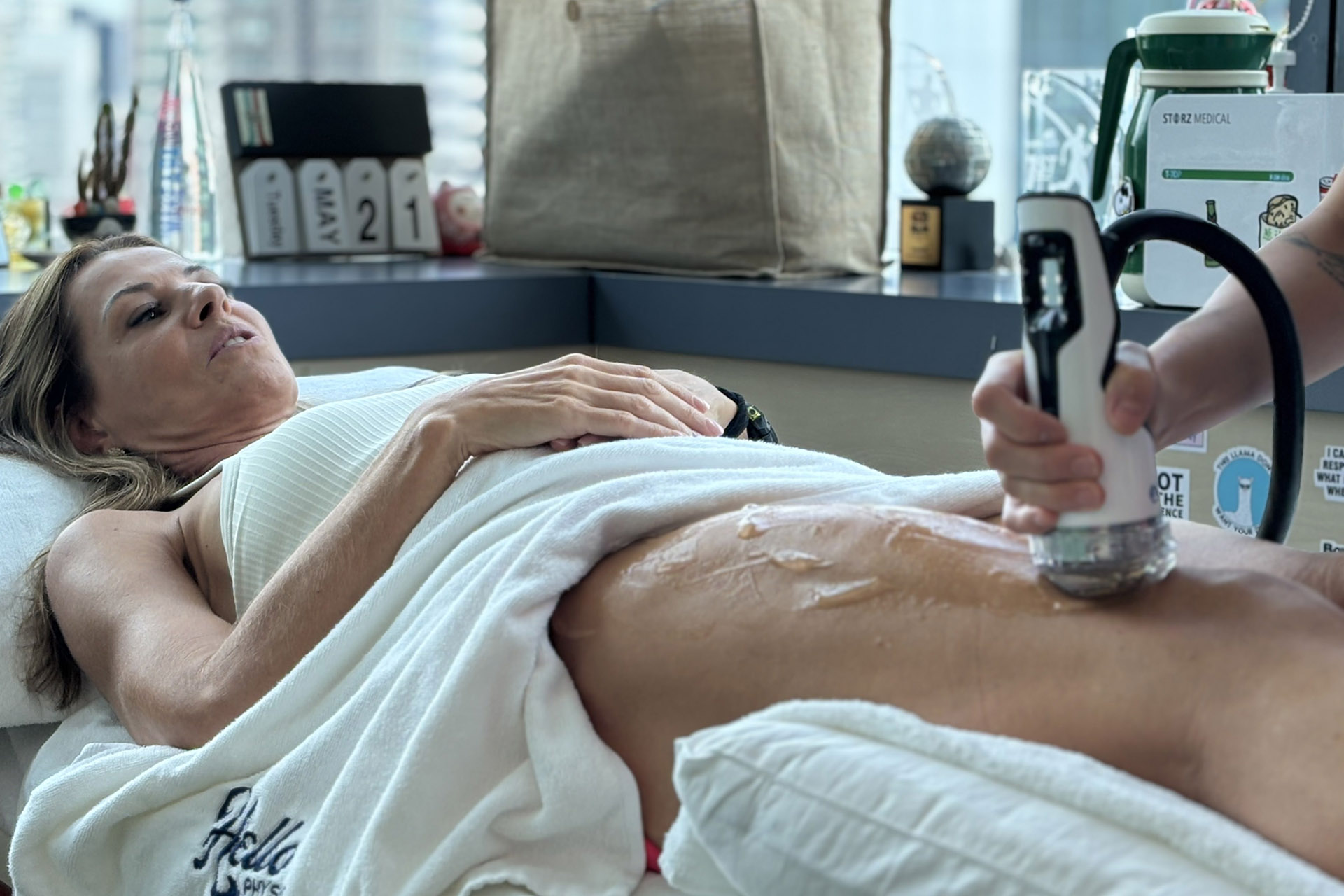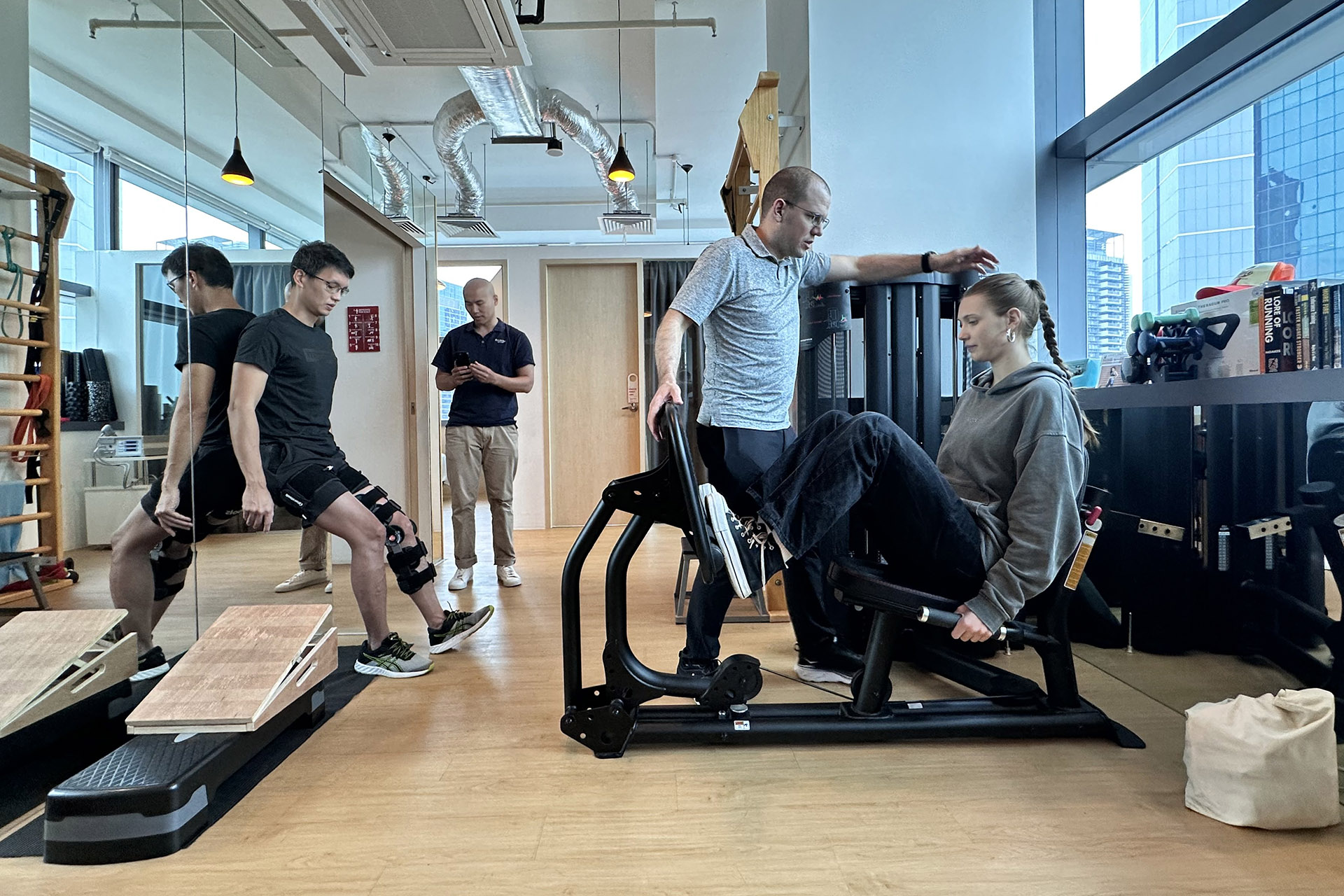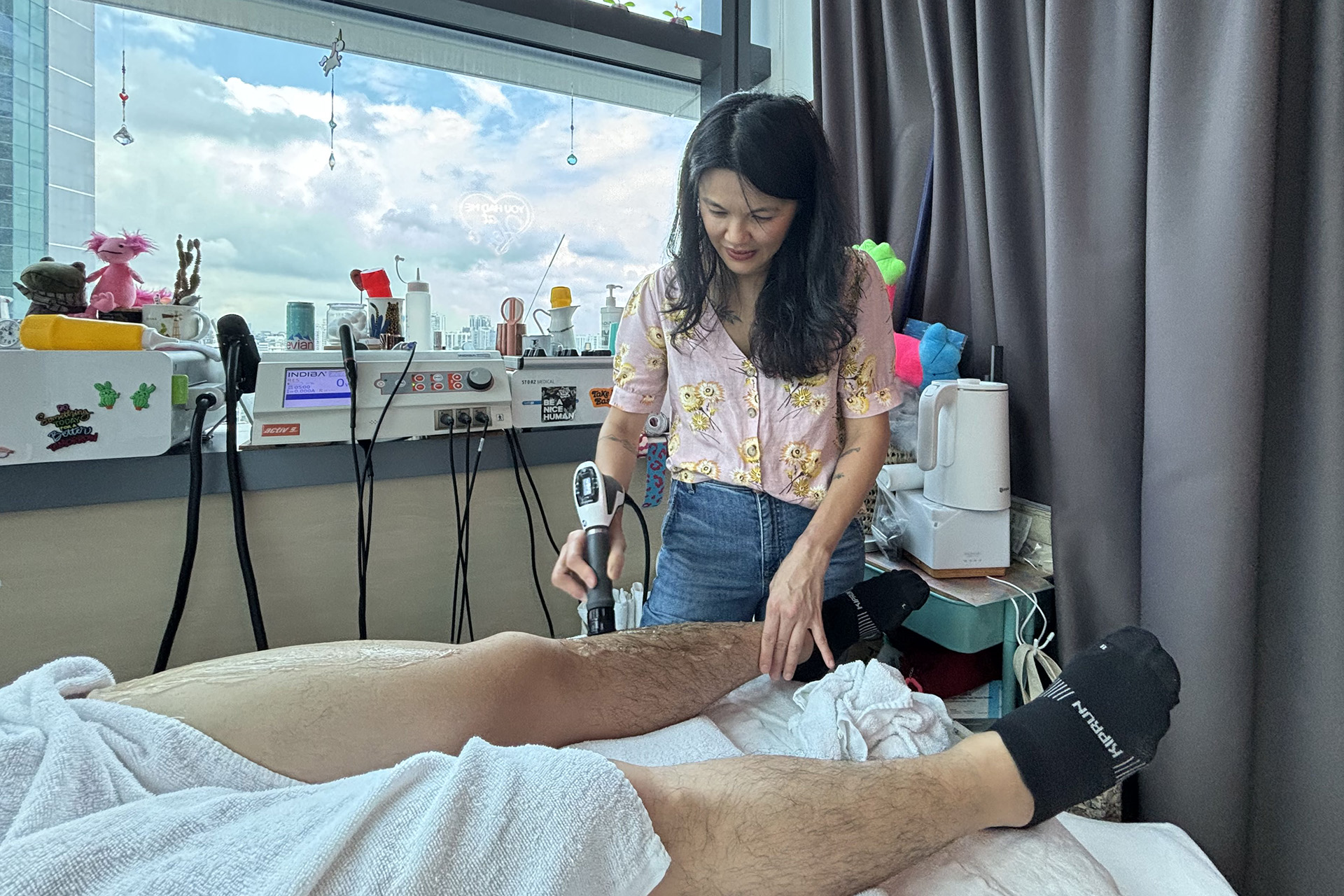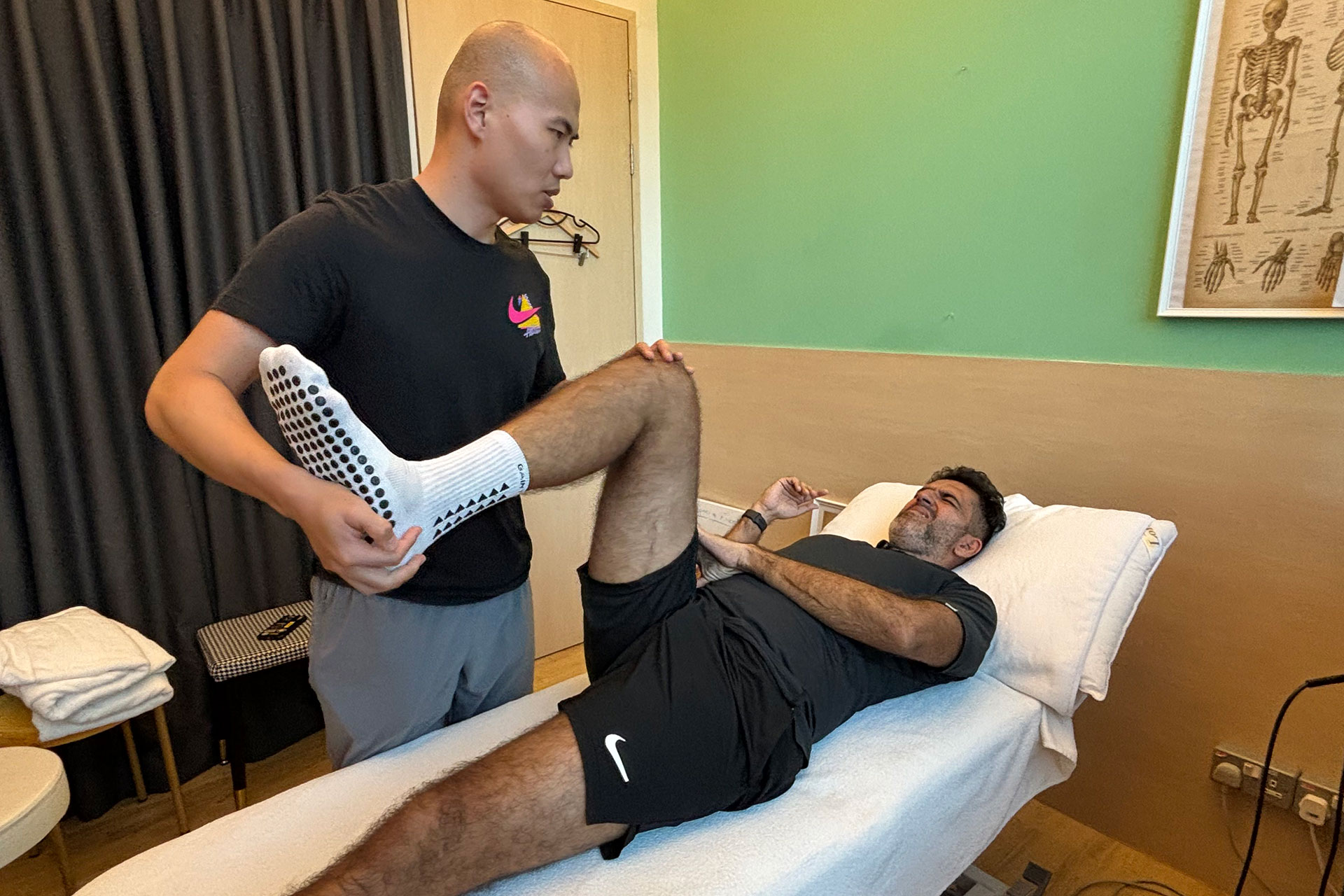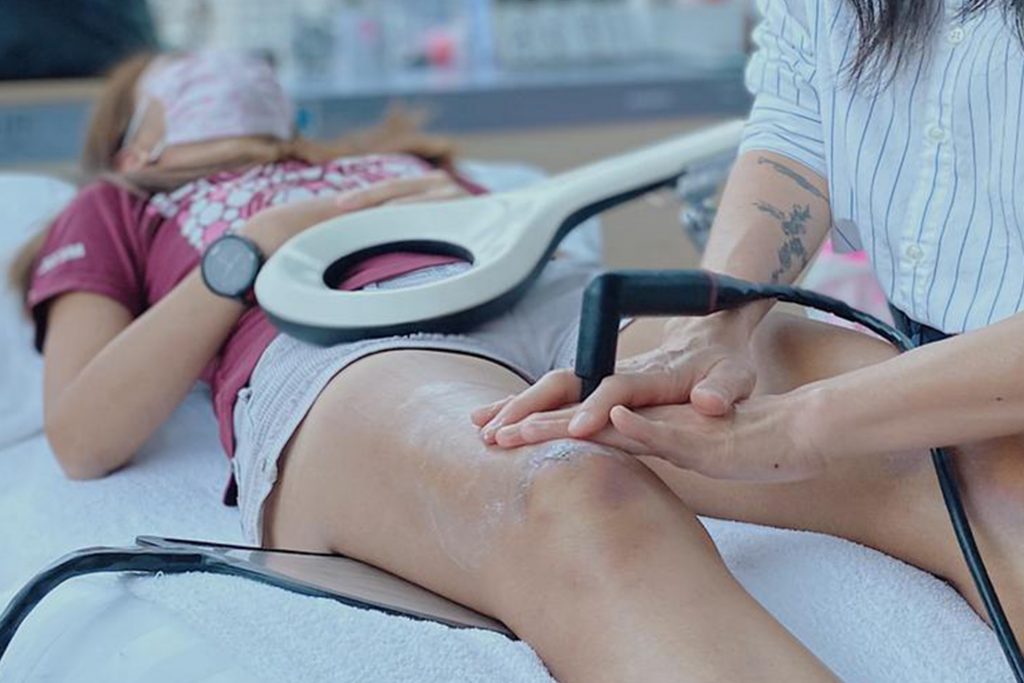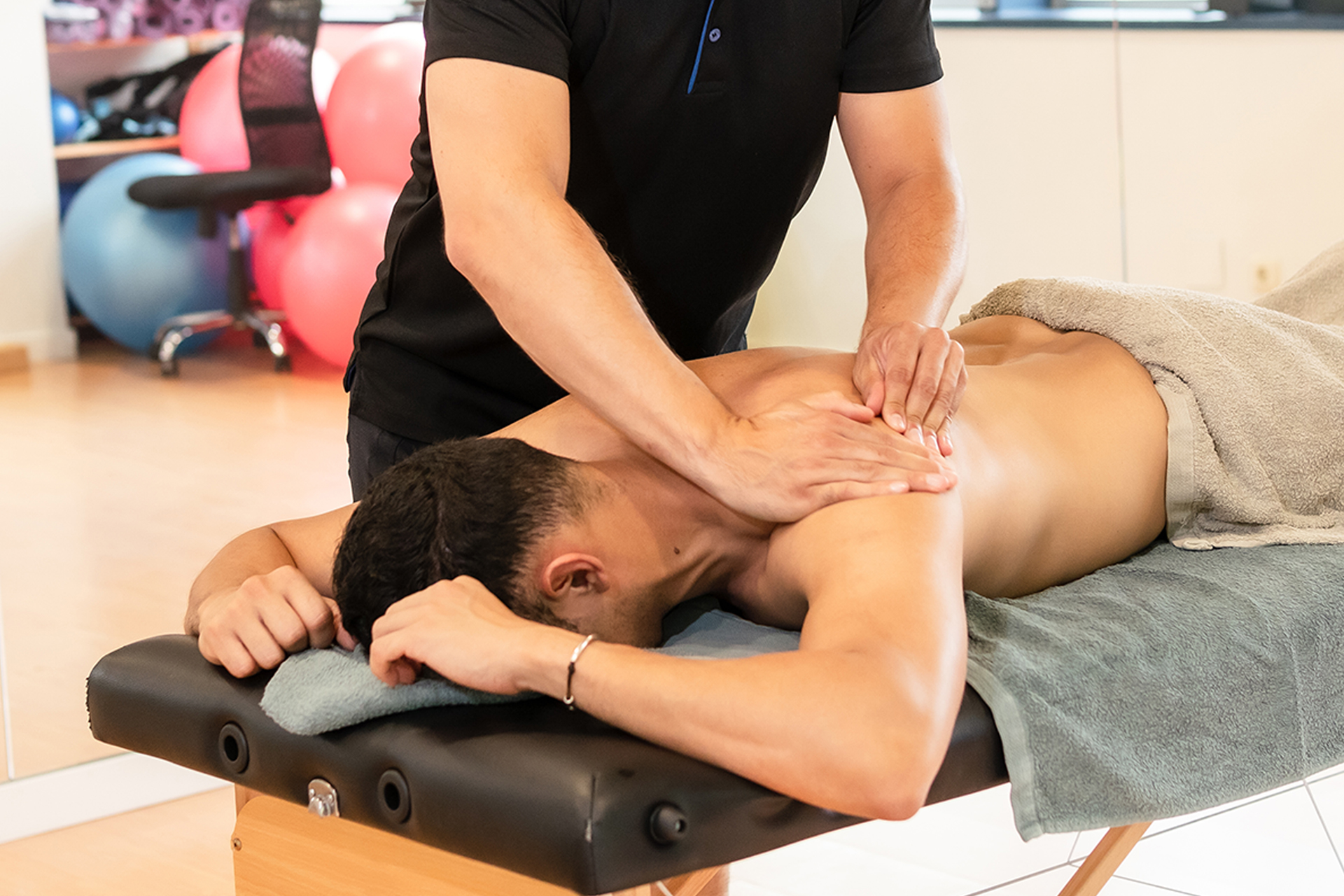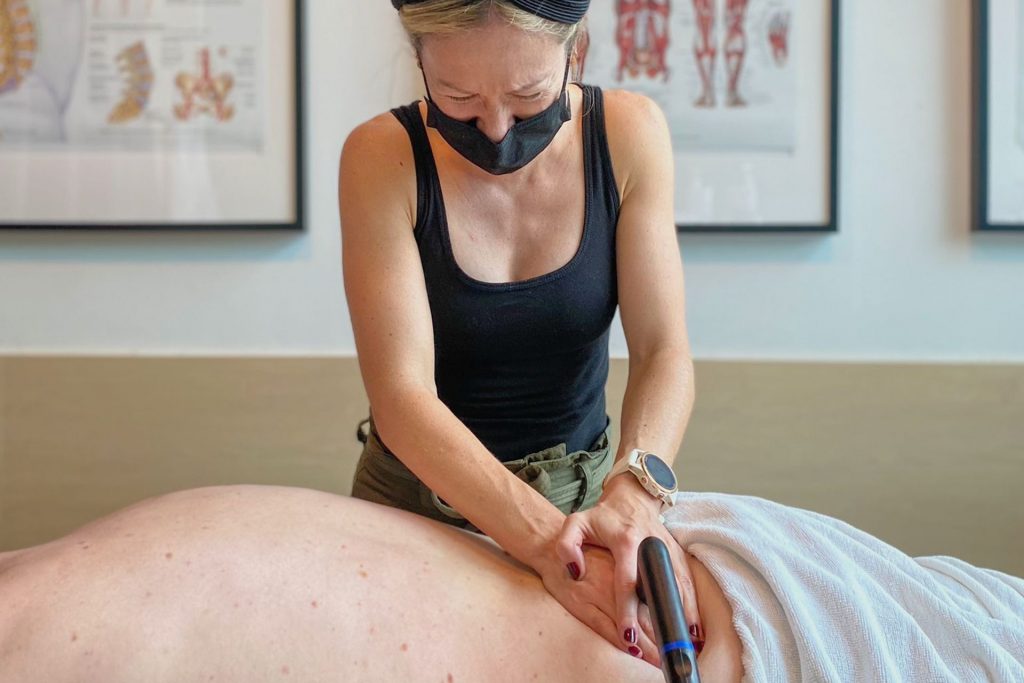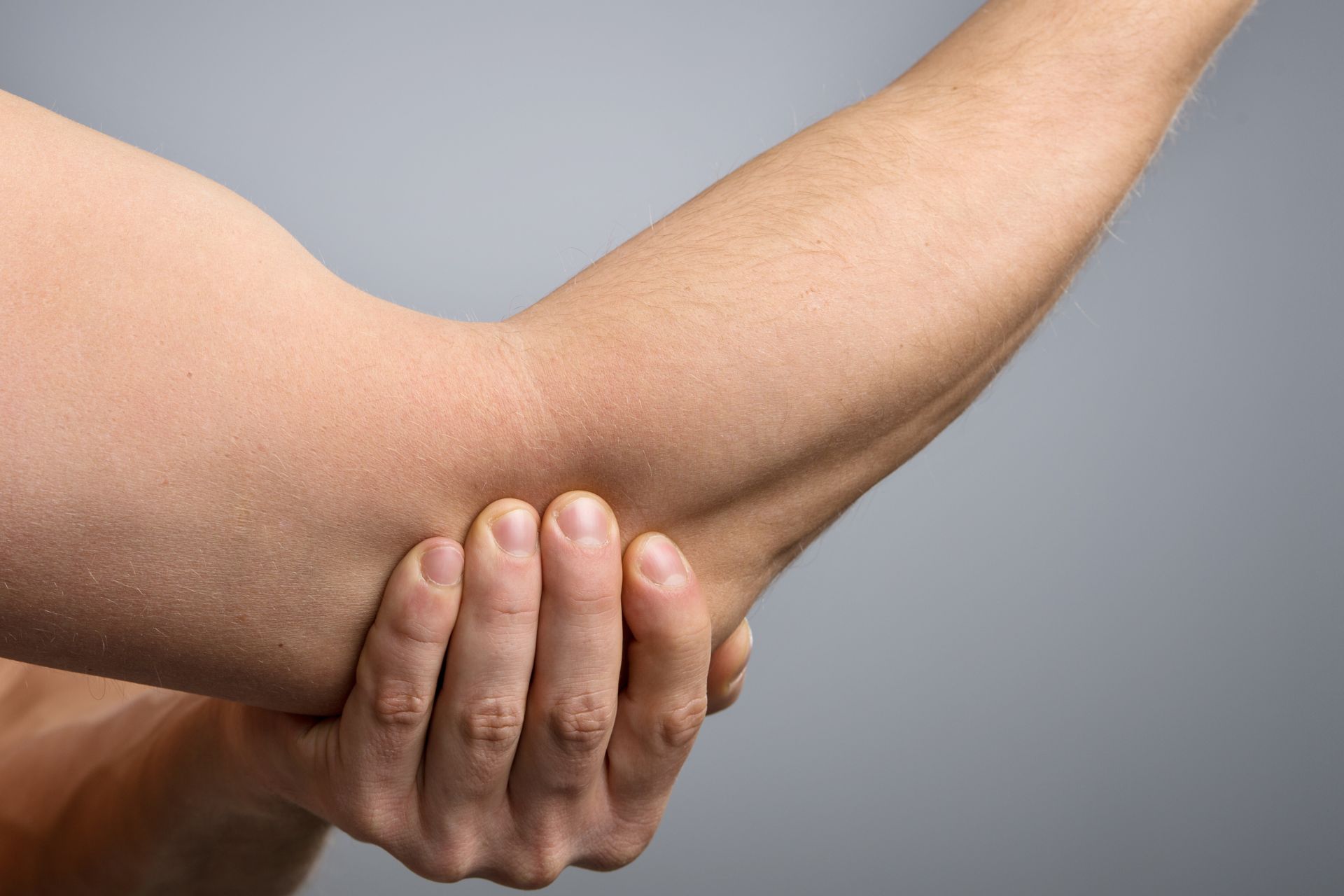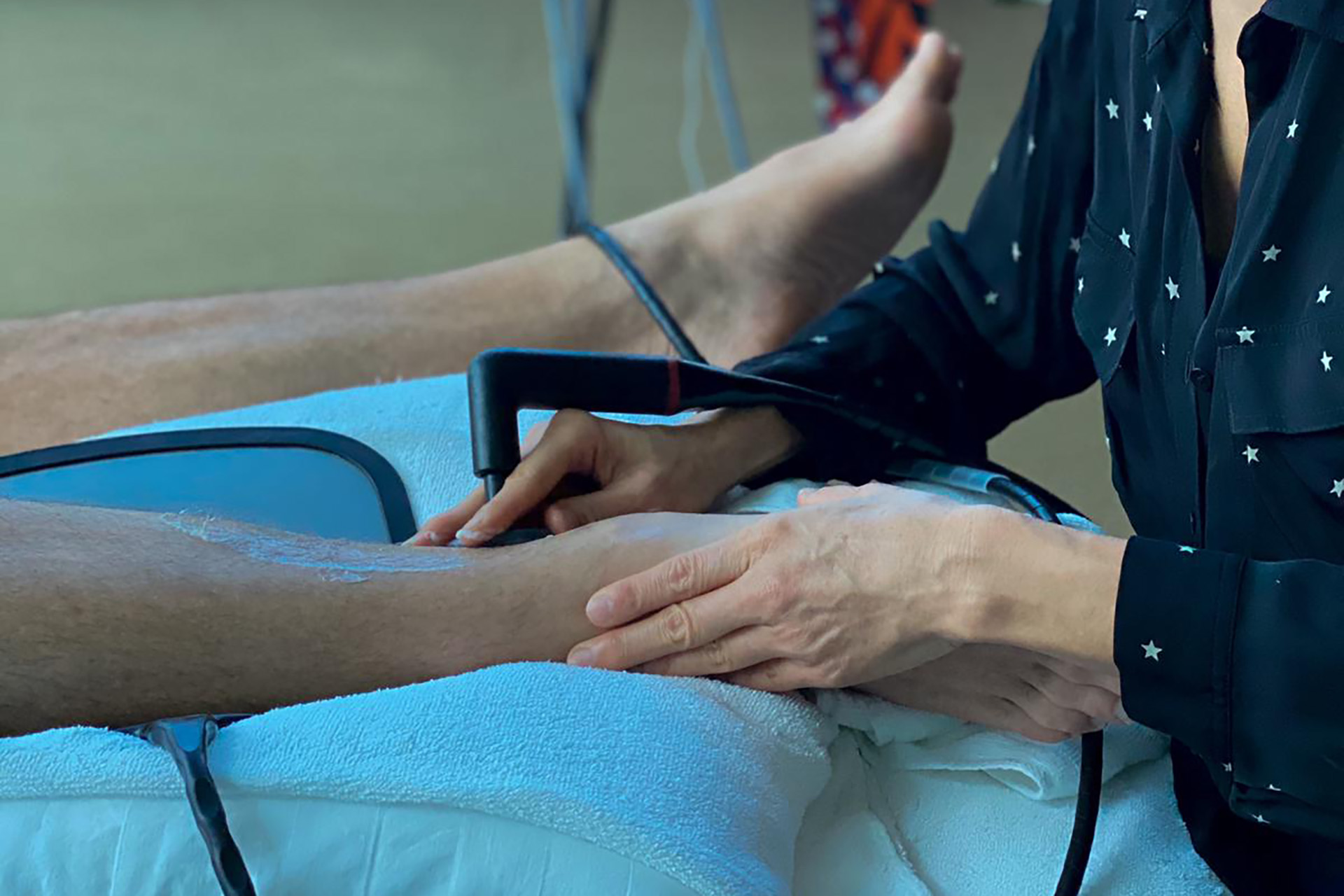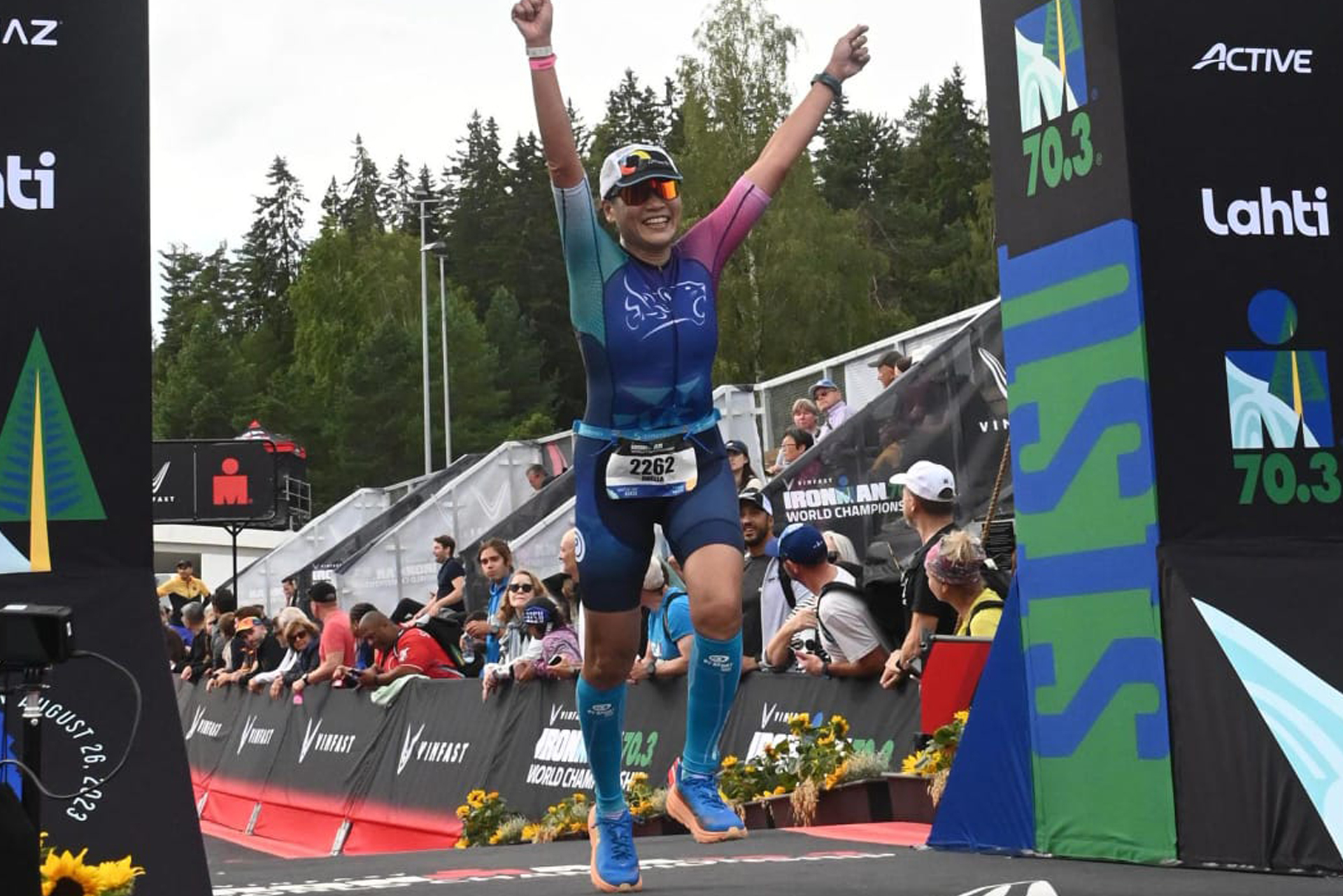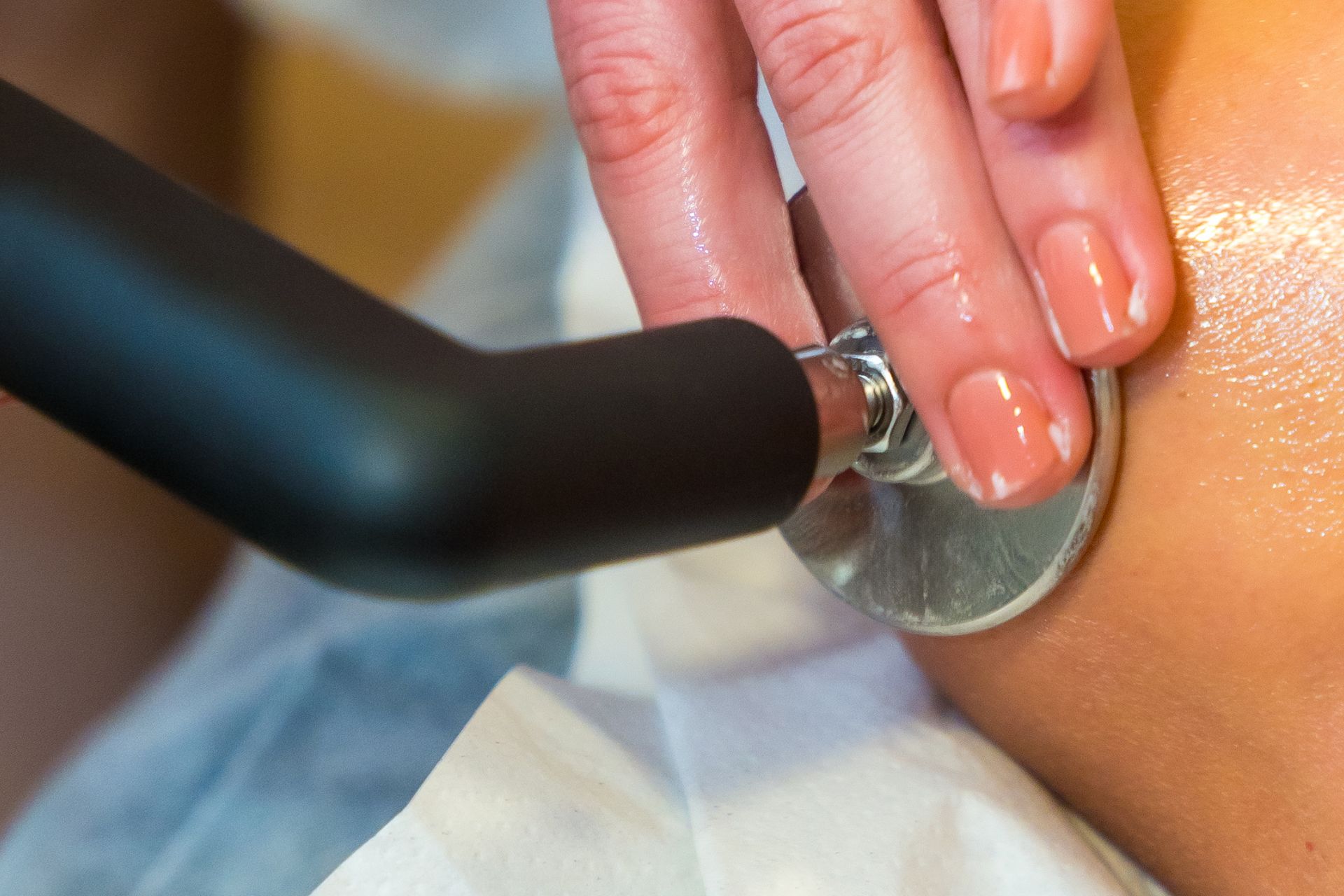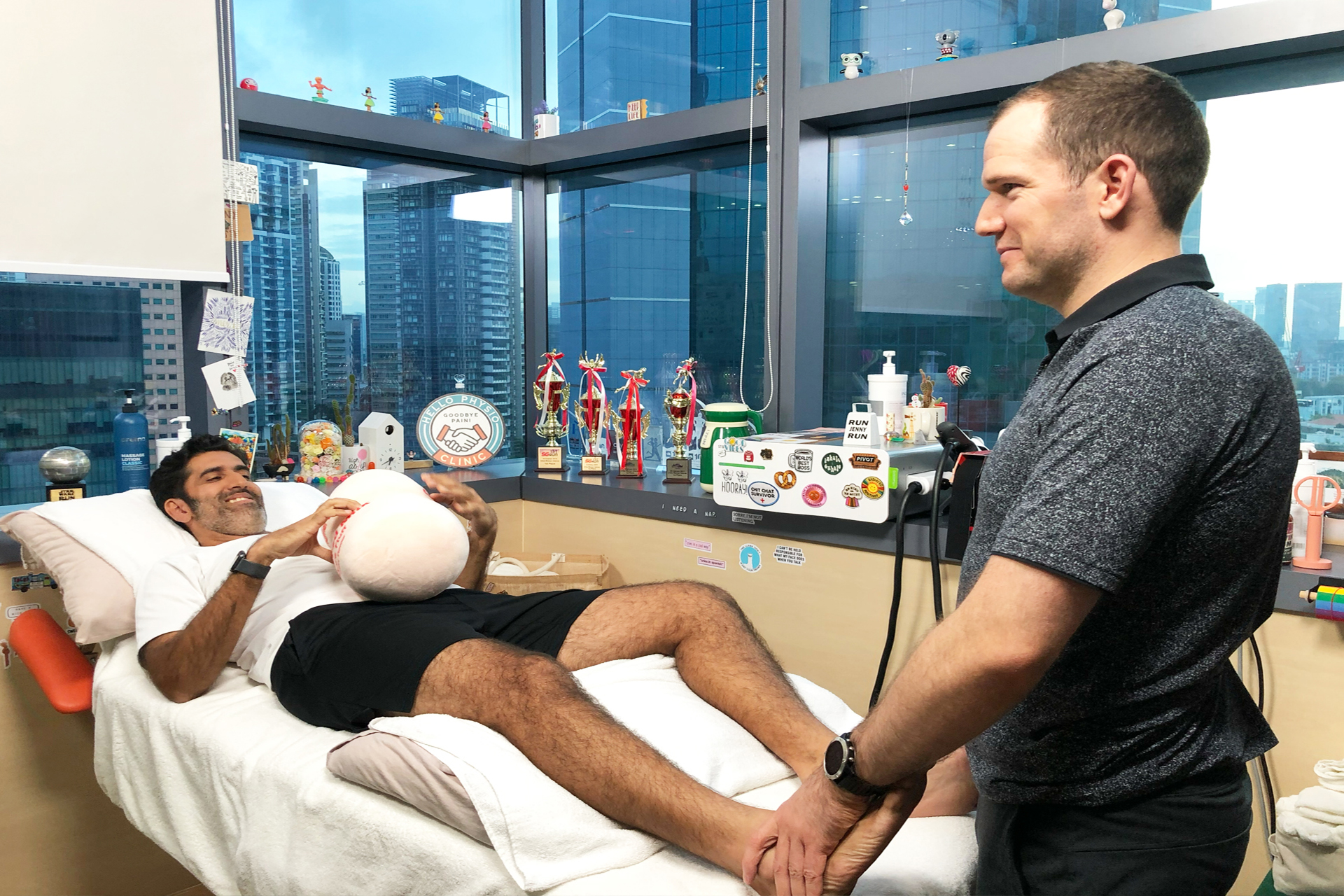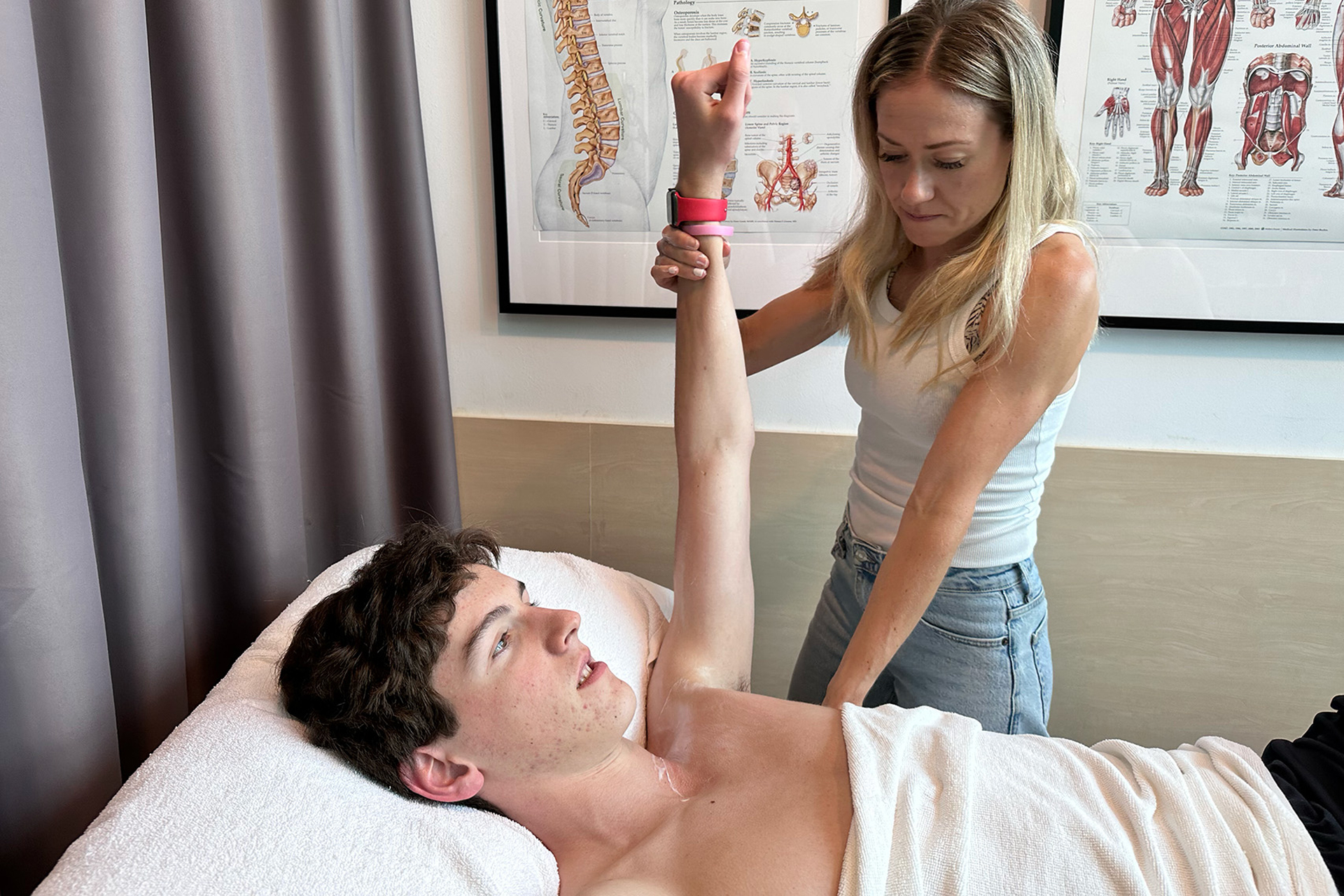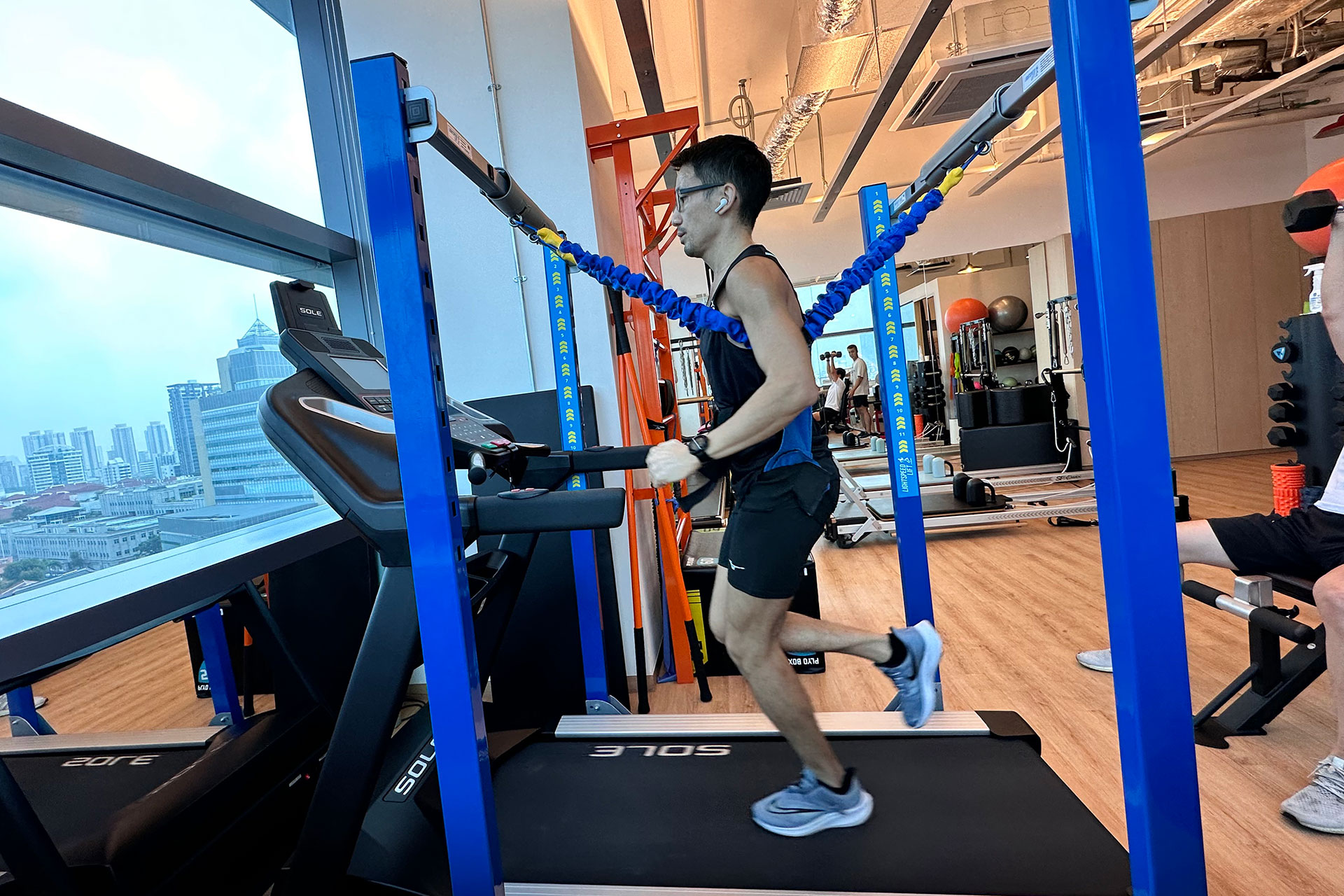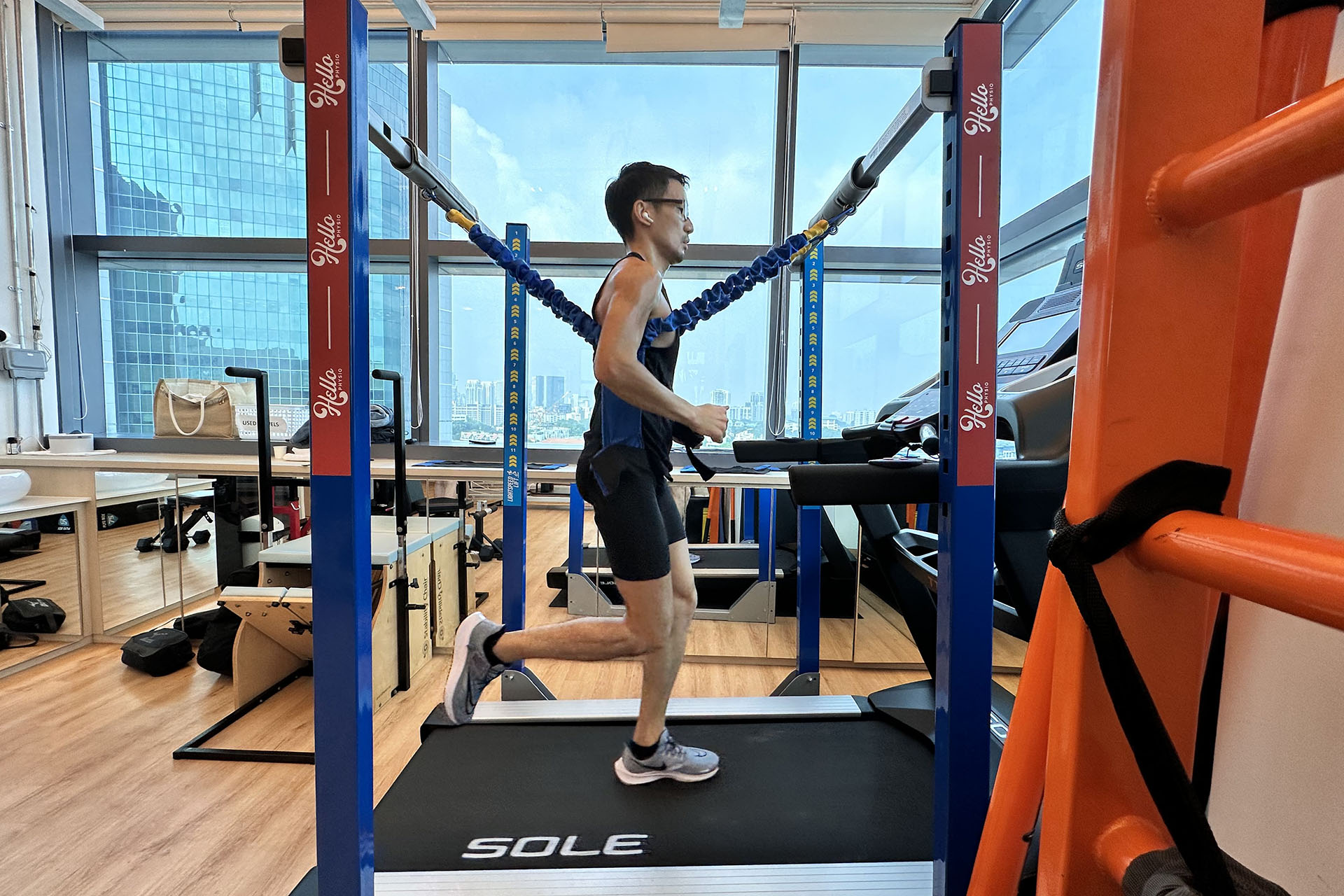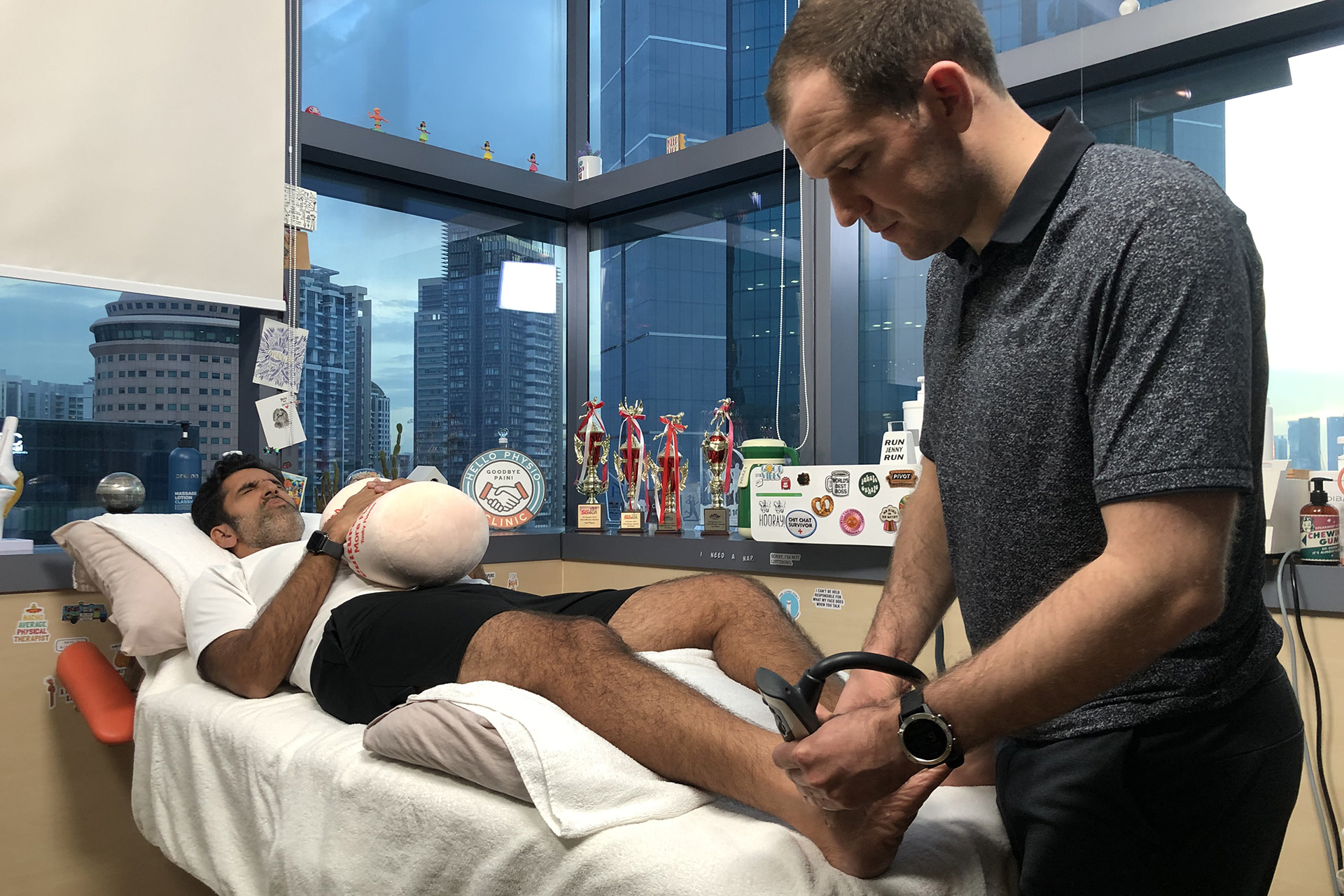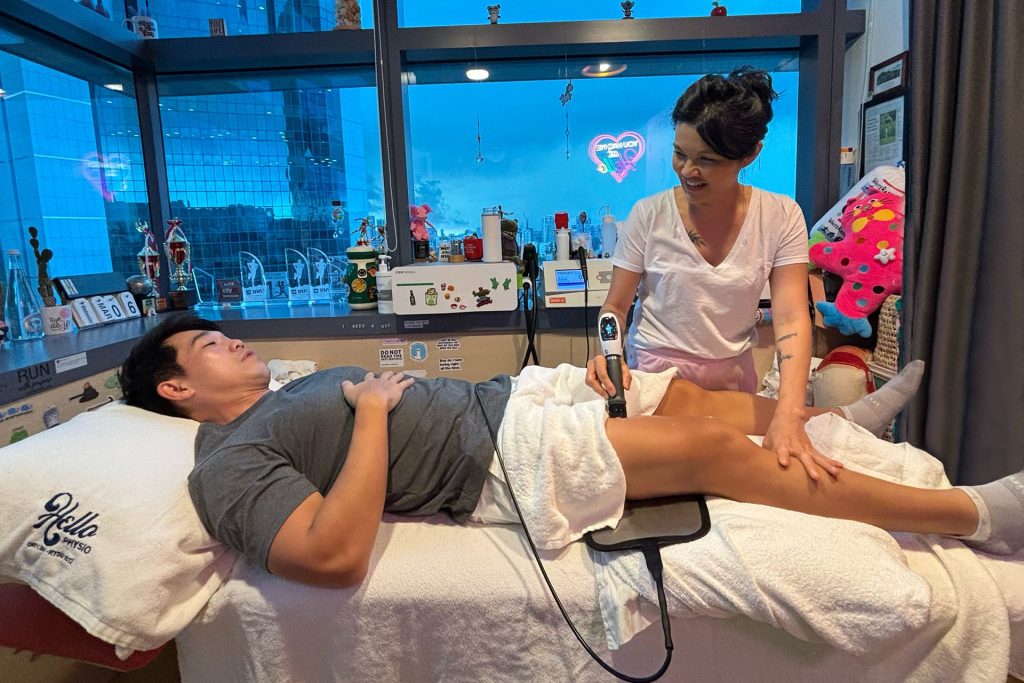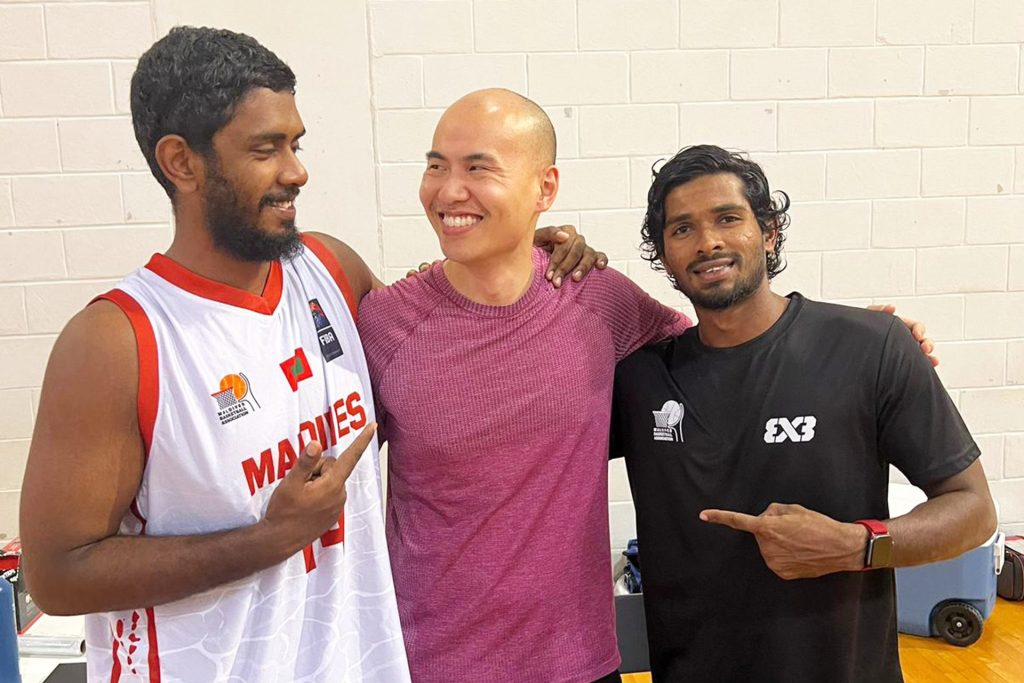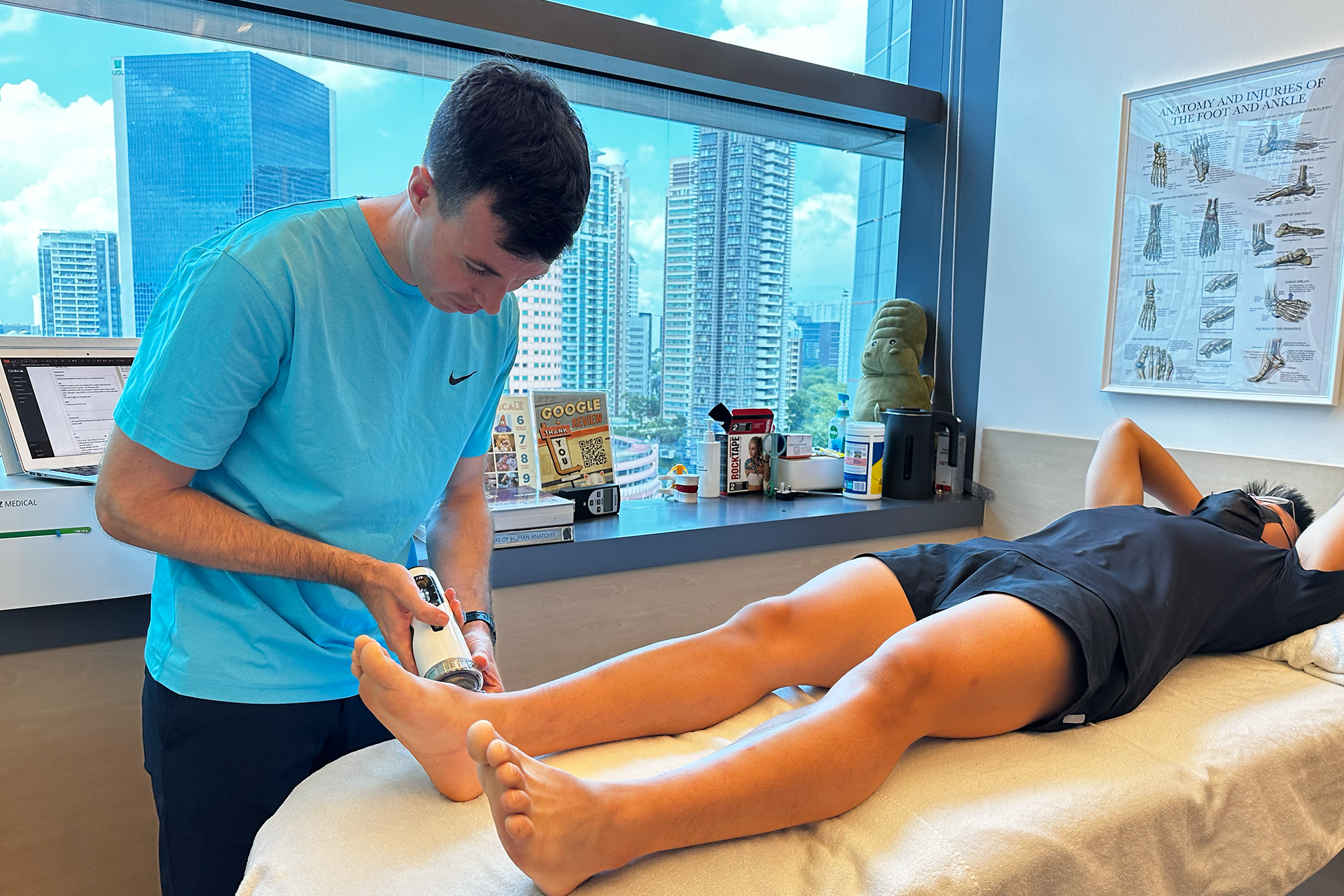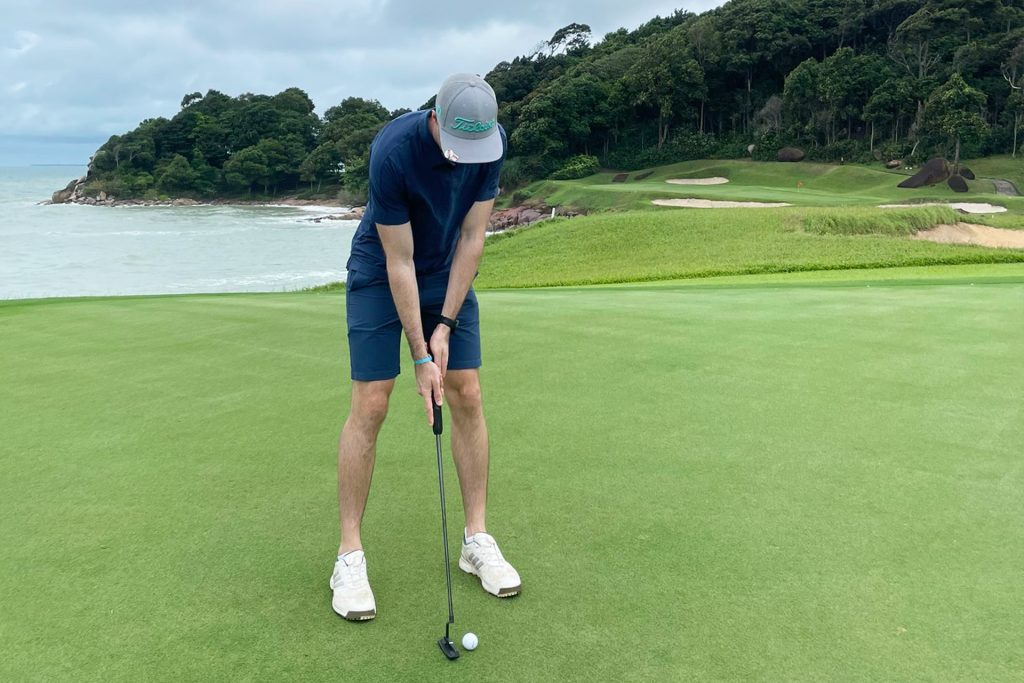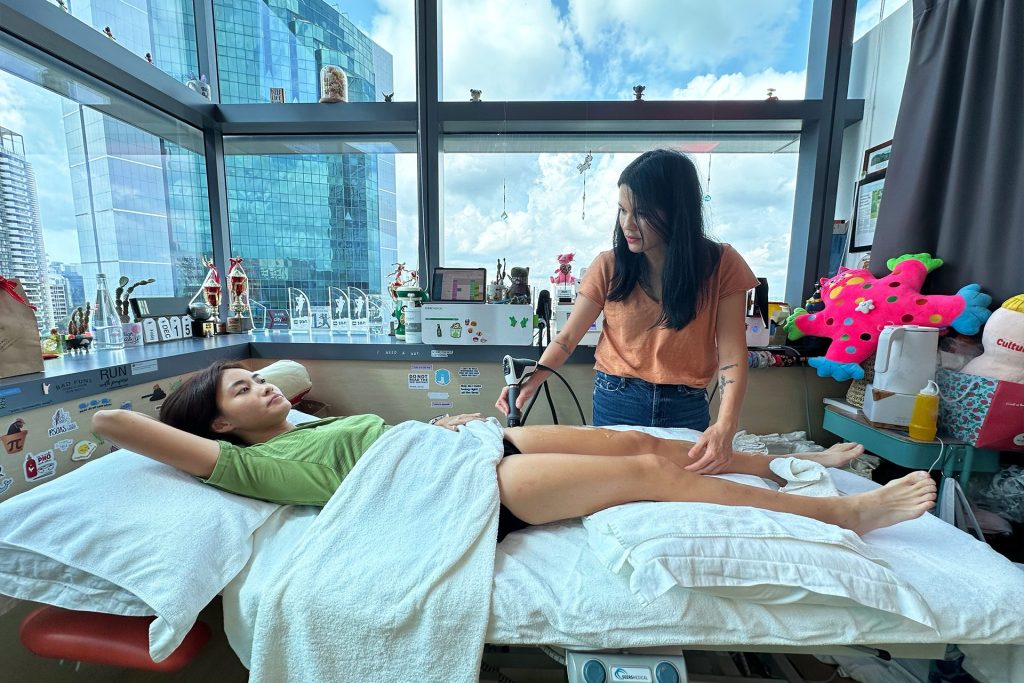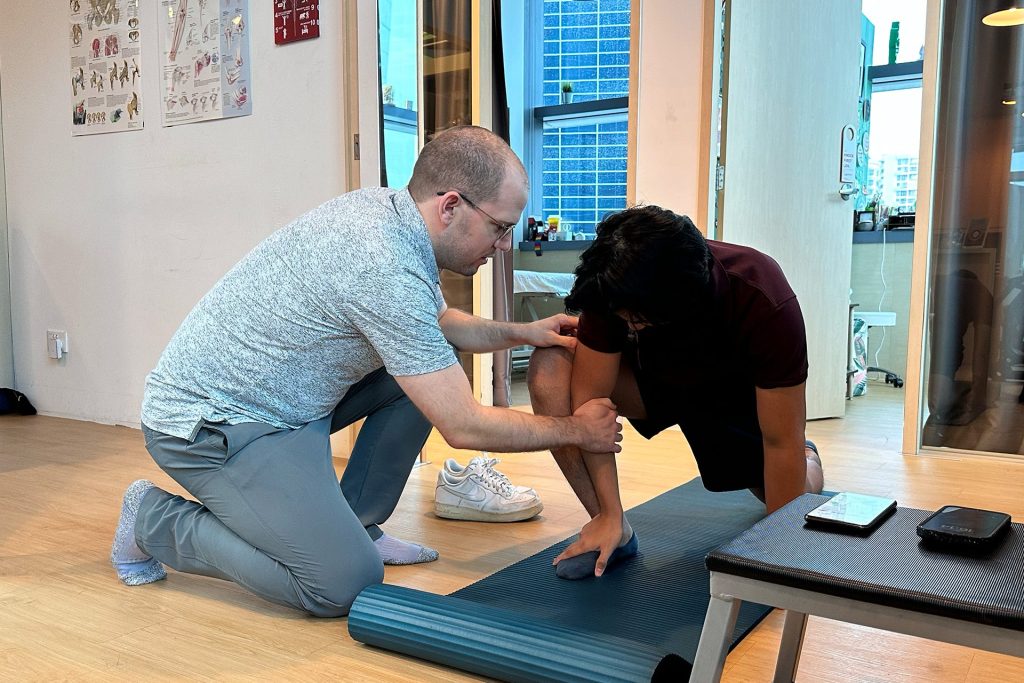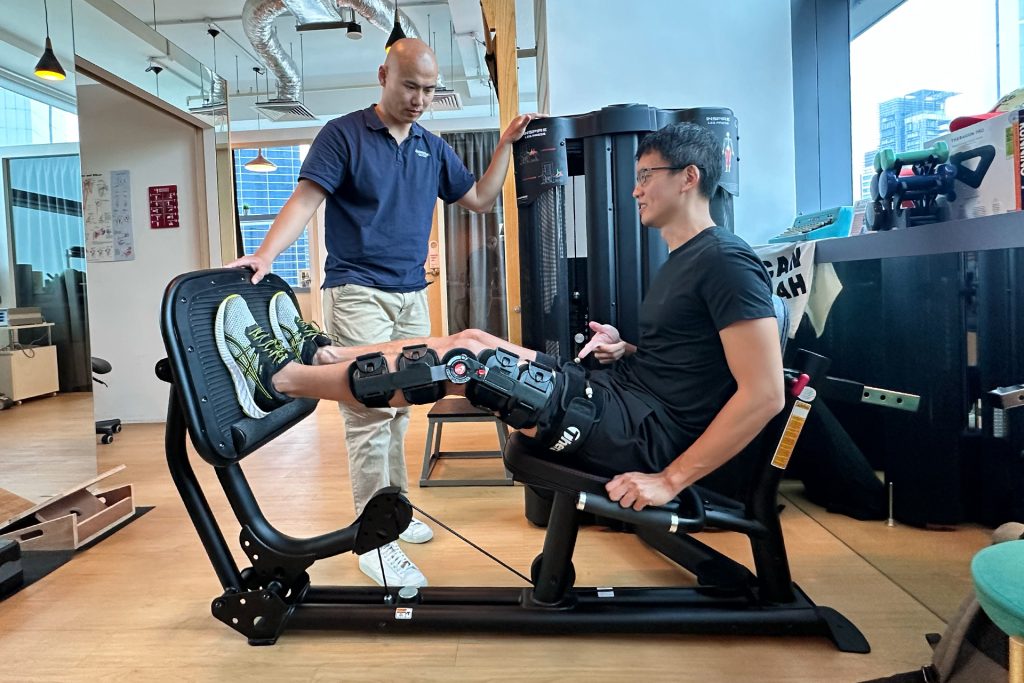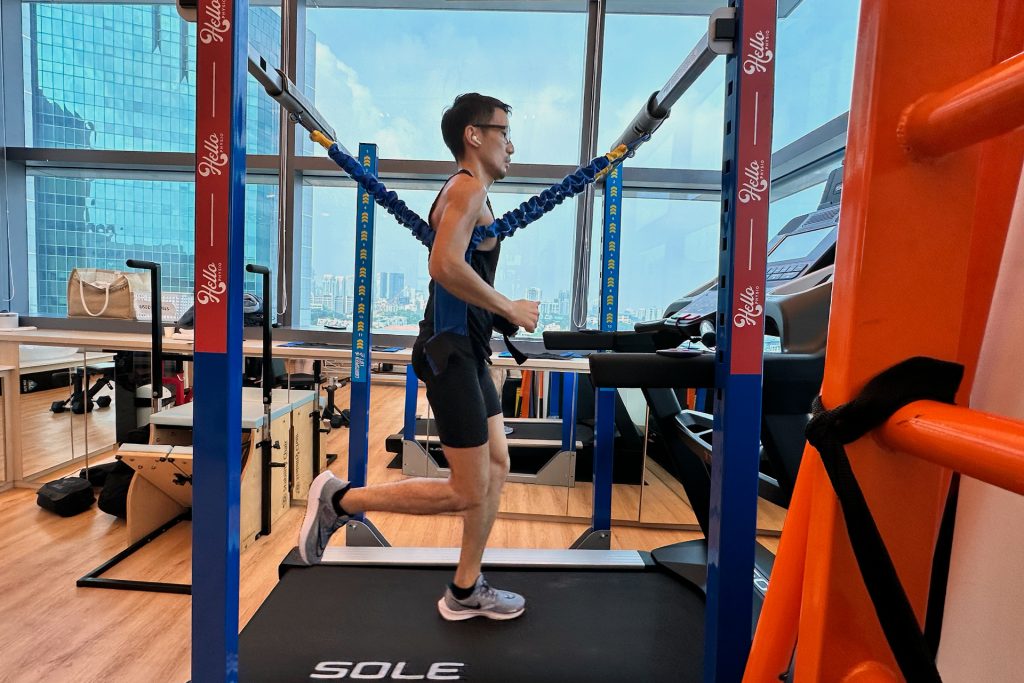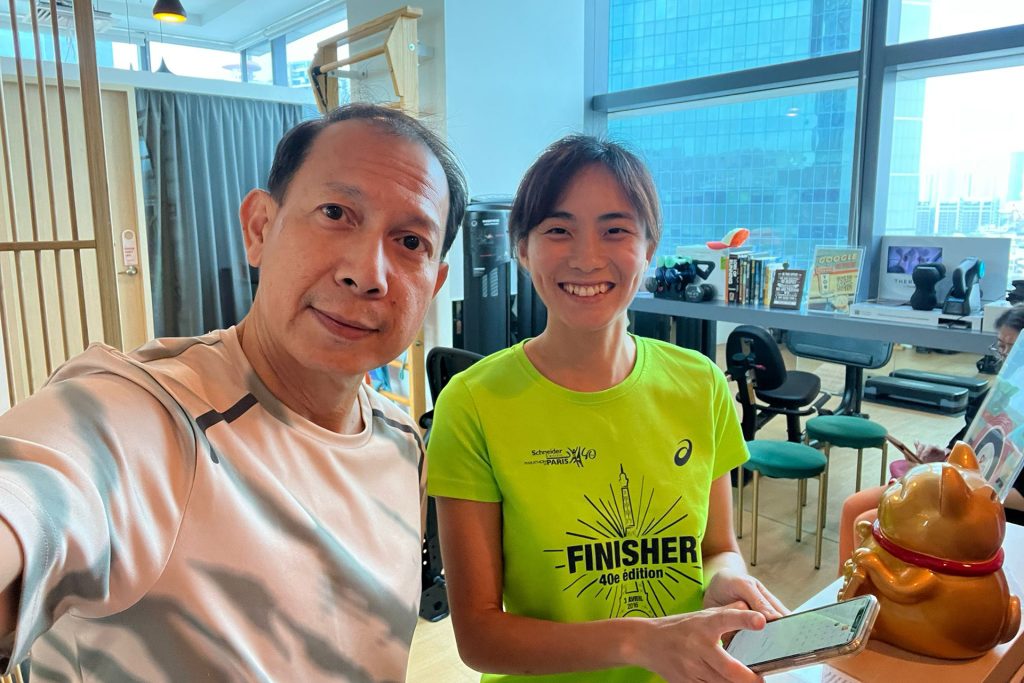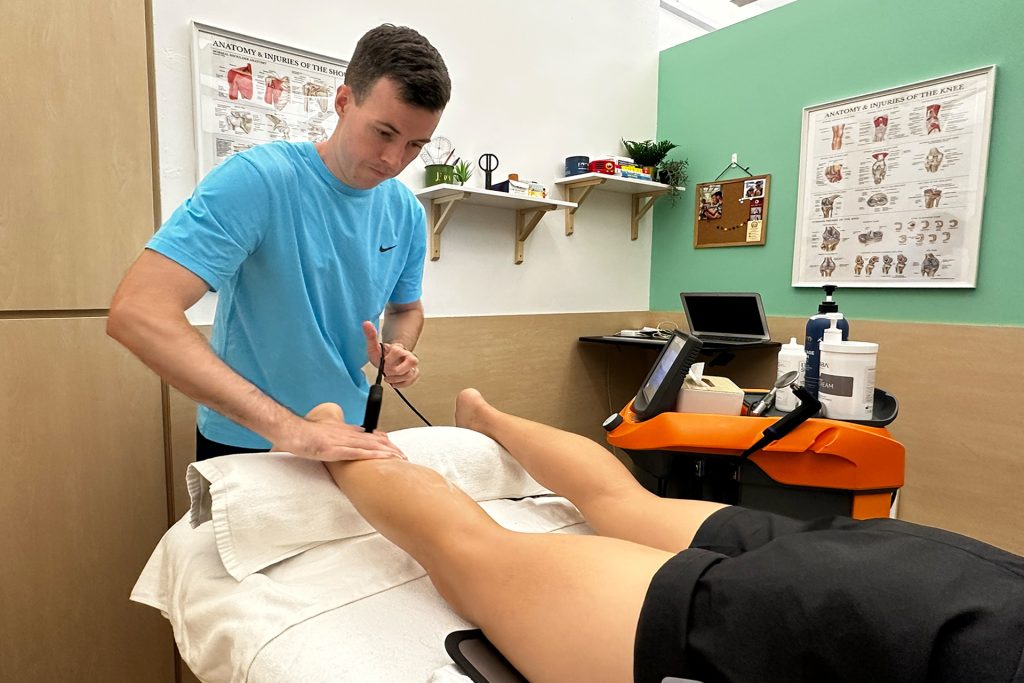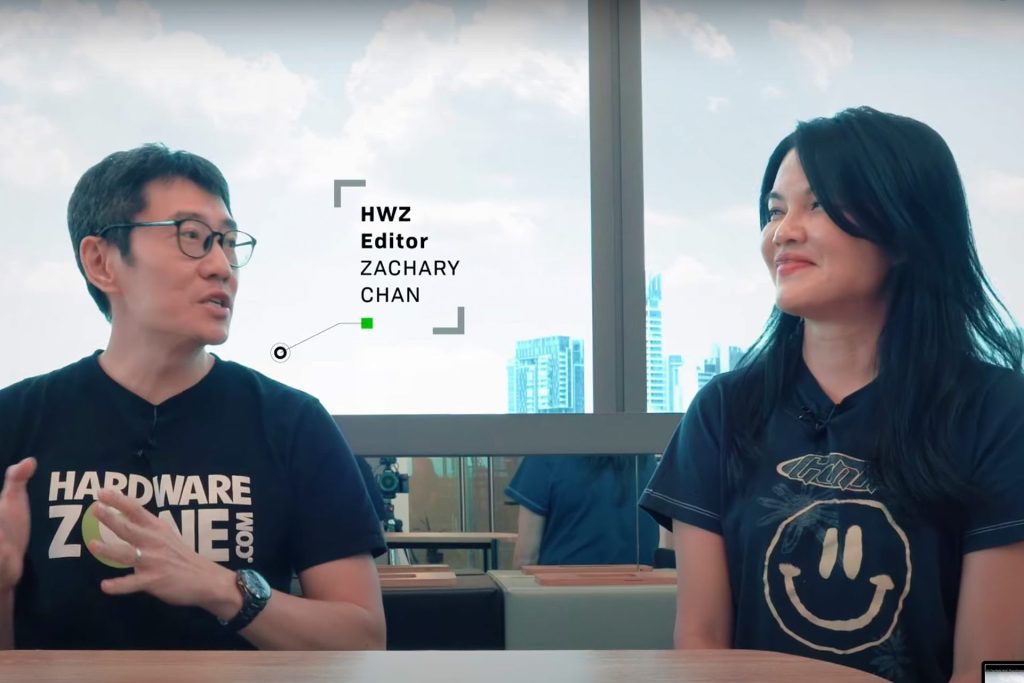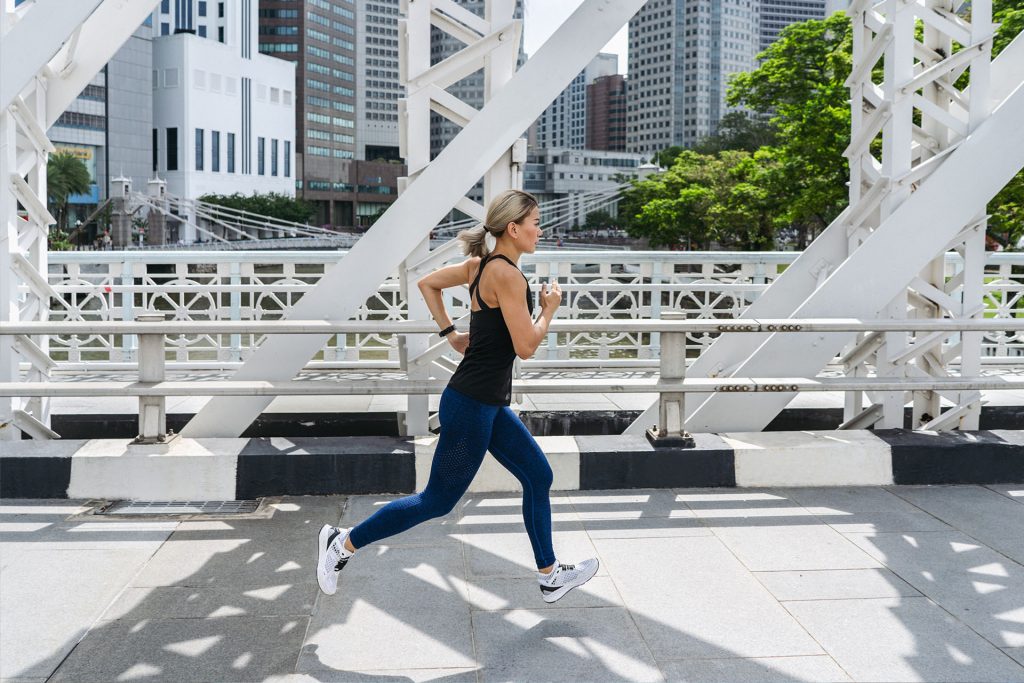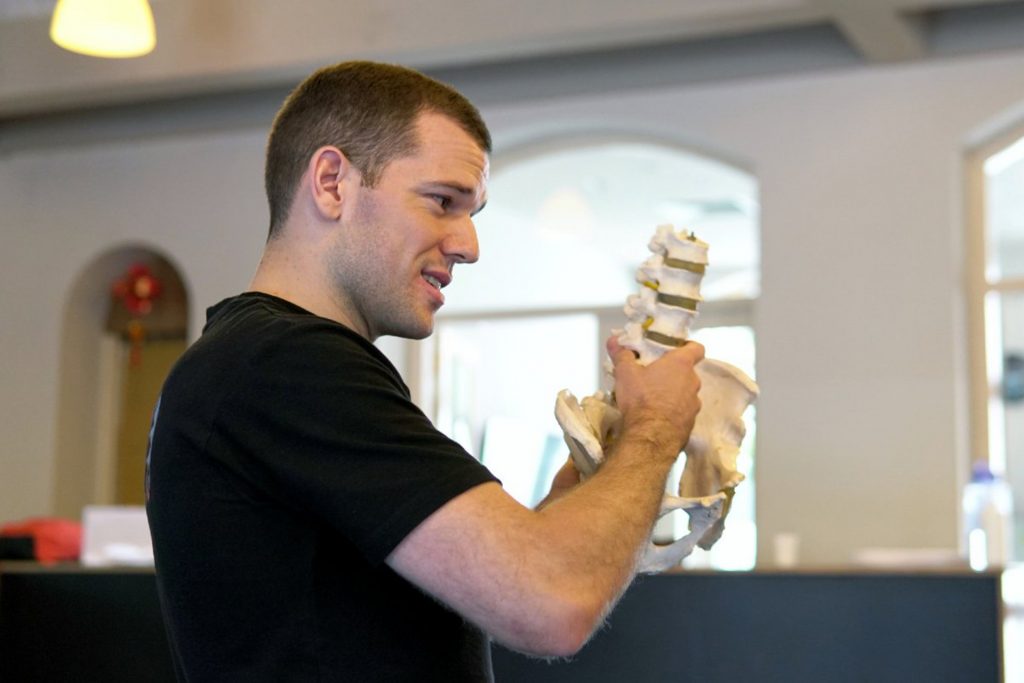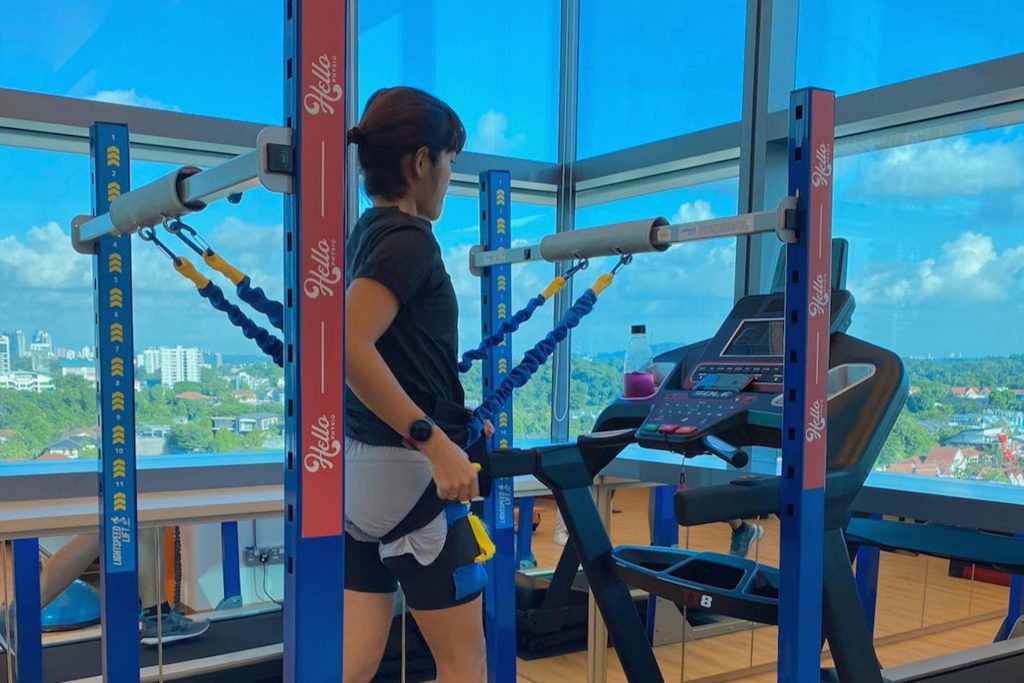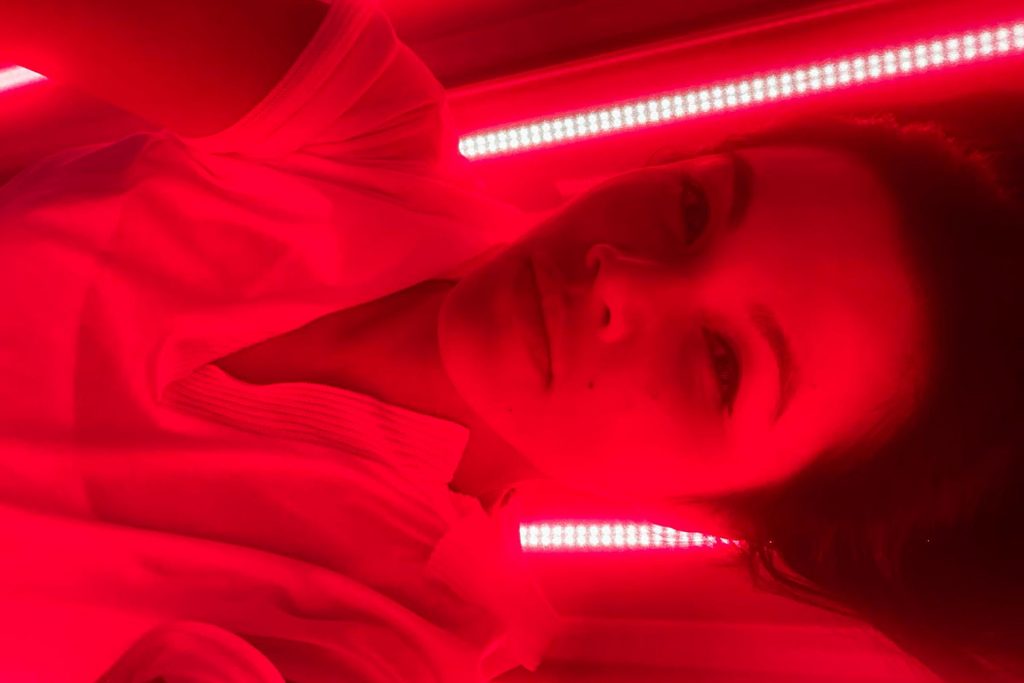|
Getting your Trinity Audio player ready...
|
It goes without saying that the foot and ankle get injured in competitive play. Many athletic sports rely on the ankle to pivot, jump, and run, placing great pressure on the ligaments, bones, and muscles within the foot. Sometimes, these ligaments can be strained or, in worse cases, torn, leading to a sprained ankle. Even with a minor strain, athletes are put out of commission to ensure their ankles recover before returning to the field.
No matter what level you’re playing your sport, you’re not immune to ankle injury. Ben Roethlisberger, a quarterback in the NFL, Tristan Thomas in the NBA, and Dallas Keuchel of the MLB are all instances of superstar players who have had their seasons drastically altered by a sprain. Their injuries took time to heal and forced them to take a backseat while they recovered, even though mentally, they were raring to get back into the game.
An athlete’s ankle honed for performance still susceptible
The ankle is a complex structure crucial for lower limb performance. It comprises three main bones and numerous ligaments, tendons, and muscles that provide stability, flexibility, and weight-bearing capacity. Ligaments, connecting bones, are vital for ankle stability. They can be strained or torn when overstressed, resulting in an ankle sprain.
While an athlete’s ankle may be more conditioned, it remains susceptible to sprains. Regular training enhances bone density and muscle strength but doesn’t make ligaments immune to injury. The nature of many sports can increase sprain risk.

Athletes in agility-demanding sports develop greater ankle flexibility and strength, potentially reducing the likelihood of sprains in daily activities. However, the intense movements in these sports can elevate injury risk during competition or high-intensity training.
Despite being more resilient, athletic ankles can still be overwhelmed by extreme forces in sports. This is why ankle sprains remain common across various athletic levels.
Understanding this balance between enhanced performance and vulnerability is crucial for developing effective training, injury prevention, and treatment strategies.
Causes and types of ankle sprains in athletes
An ankle sprain is typically caused by a single acute incident where the ligament is overstressed. For example, a bad landing, sudden change in direction, or misstep can cause the ankle to roll inward or outward, overstretching the ligaments leading to a strain or tear. However, other factors can contribute to the risk of ankle sprains, such as weak ankle muscles, poor balance, or previous ankle injuries.
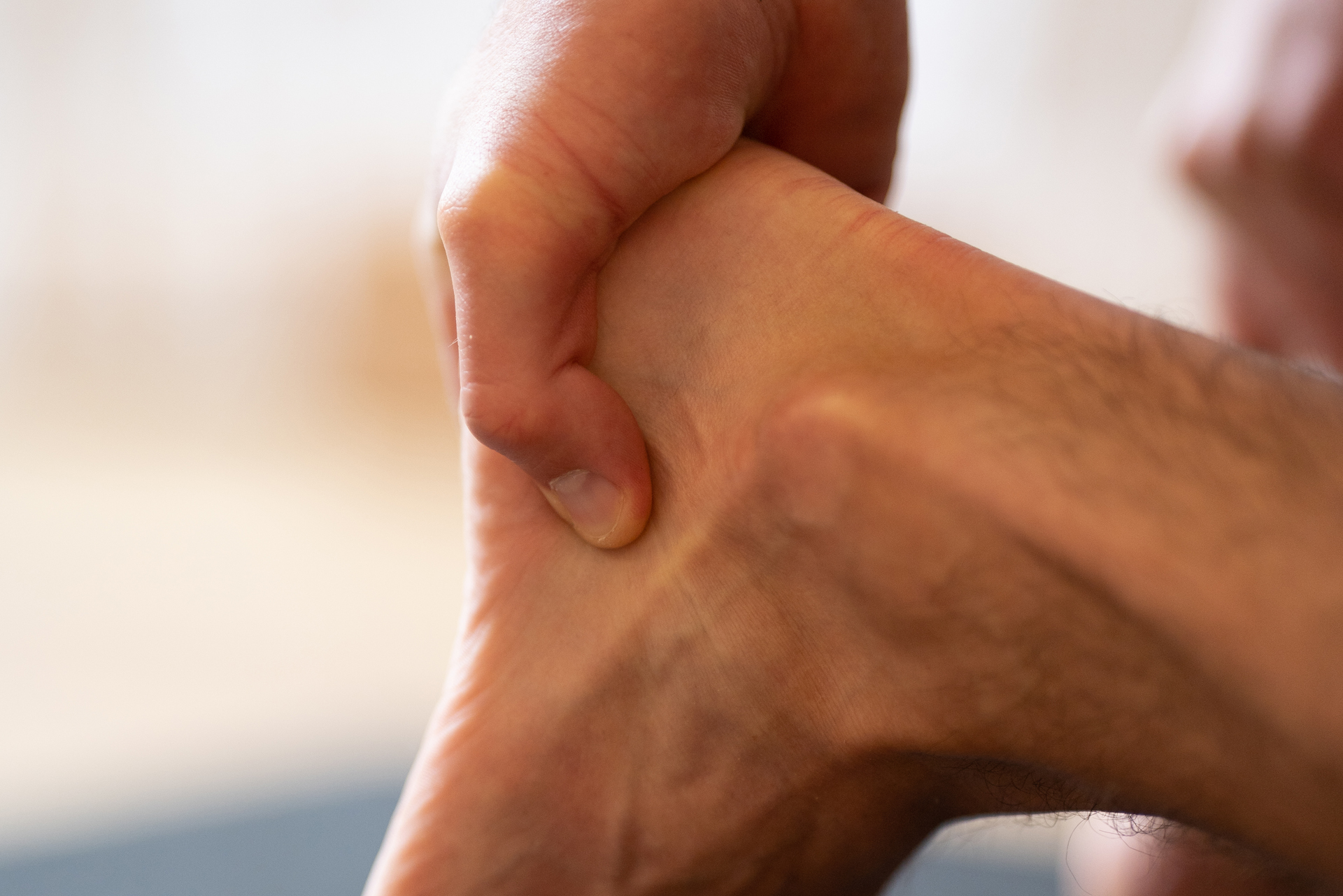
Ankle sprains are categorized depending on the severity of the damage:
- Grade 1 sprain: Mild damage with slight stretching and some tearing of the ligament fibers
- Grade 2 sprain: Moderate damage with partial tearing of the ligament
- Grade 3 sprain: Severe damage with complete tearing or rupture of the ligament
As expected, a Grade 1 sprain will heal faster than a Grade 2. Grade 1 and 2 sprains typically heal over time with proper physiotherapy, while a Grade 3 sprain may require more intensive treatment and possibly surgery to prevent long-term ankle instability.
Each of these injuries necessitates rest and recovery for the athlete. The significant difference between them is the recovery duration and when the athlete can safely return to competitive play. Grade 1 sprains allow for a return to sport within a few weeks, while Grade 3 sprains could sideline an athlete for several months.
Proper diagnosis and treatment are crucial for optimal recovery and to prevent chronic ankle instability or recurrent sprains. Athletes should always consult with a sports physiotherapist or medical professional to determine the best course of treatment and rehabilitation for their specific injury.
Recovery Starts with A Bit of Peace & Love
The traditional RICE (Rest, Ice, Compress, Elevate) approach for sprains has evolved into a more comprehensive method. This new approach, PEACE & LOVE, expands on RICE and guides treatment for several days post-injury.
PEACE (Protect, Elevate, Avoid anti-inflammatories, Compress, Educate) is for immediate treatment, while LOVE (Load, Optimism, Vascularisation, Exercise) is for ongoing recovery.
Anti-inflammatories and ice are now avoided as they may slow tissue healing. Swelling is a normal part of the healing process. Vascularisation and exercise promote blood flow for quicker healing, so gradual movement is encouraged over immobilization.
It’s crucial to consult a physiotherapist for a tailored recovery plan to avoid overexertion. They will guide you through mobilization techniques, strengthening exercises, balance training, and functional training for a robust recovery.
Prescribed Exercises and Other Healing Modalities
The fastest way to heal a sprained ankle is to combine prescribed exercises and advanced technologies, which provide immediate relief, and speed up recovery.
Athletes can often resume light activity progressively once the swelling has subsided rather than returning to normal activity immediately. Doing too much too quickly can exacerbate the injury and hinder proper healing.
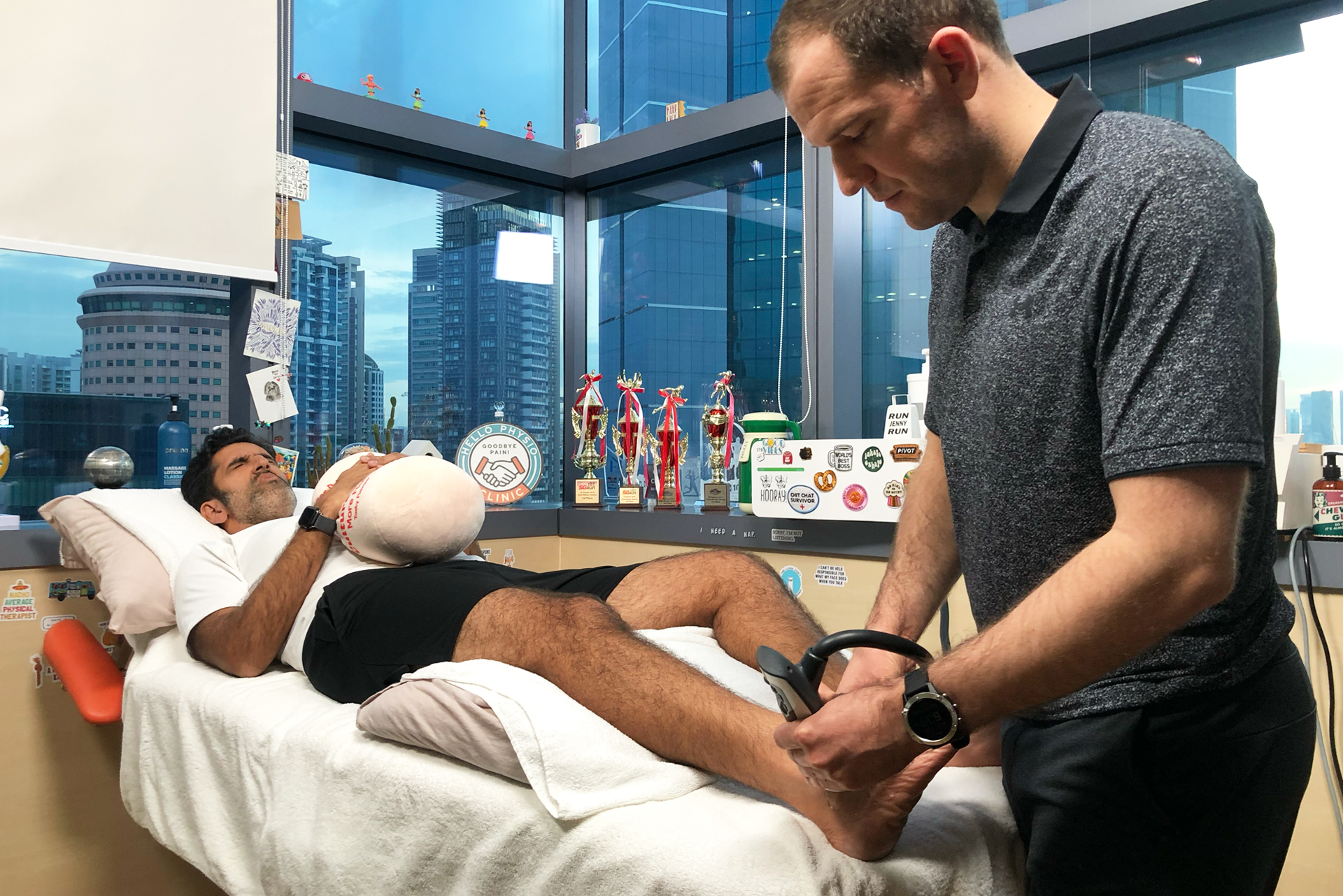
Advanced methods like INDIBA® Activ use low-frequency radiofrequency current to induce thermal effects in the affected area, improving blood flow to the injured ankle. Similarly, Shockwave Therapy uses acoustic waves to stimulate nutrient uptake and enhance healing outcomes. Both methods are safe and non-invasive, often providing immediate relief, and accelerating sprained ankle recovery.
Prevention is key. Ensure your shoes provide proper ankle support, especially during quick movements on the field or court. Dynamic warm-up routines can reduce injury risk by keeping muscles and ligaments supple and pliable.
If you experience an ankle sprain, don’t push through pain, as it can only worsen the injury. Be aware of your body’s signals; pain indicates something is wrong.
If you suspect an ankle sprain, schedule an appointment with a physiotherapist at HelloPhysio for a phased recovery journey. They can monitor your progress and prevent additional injury.

